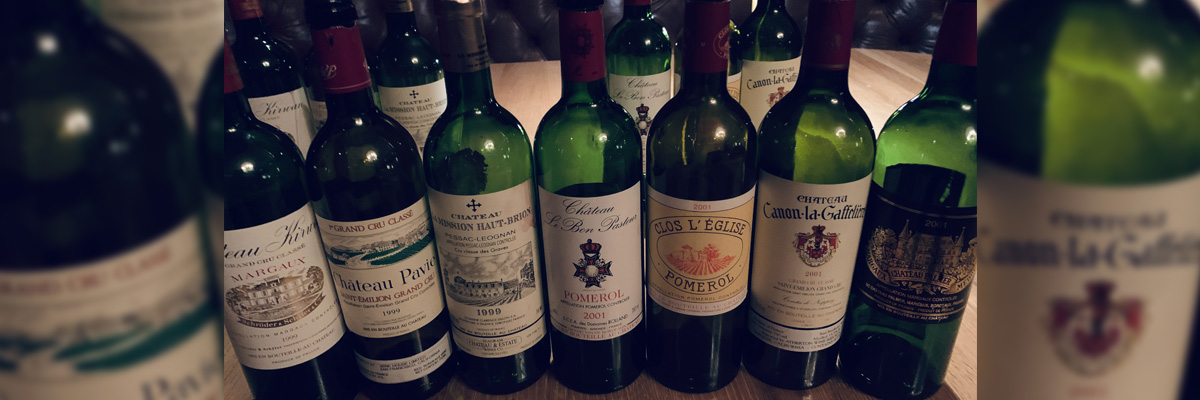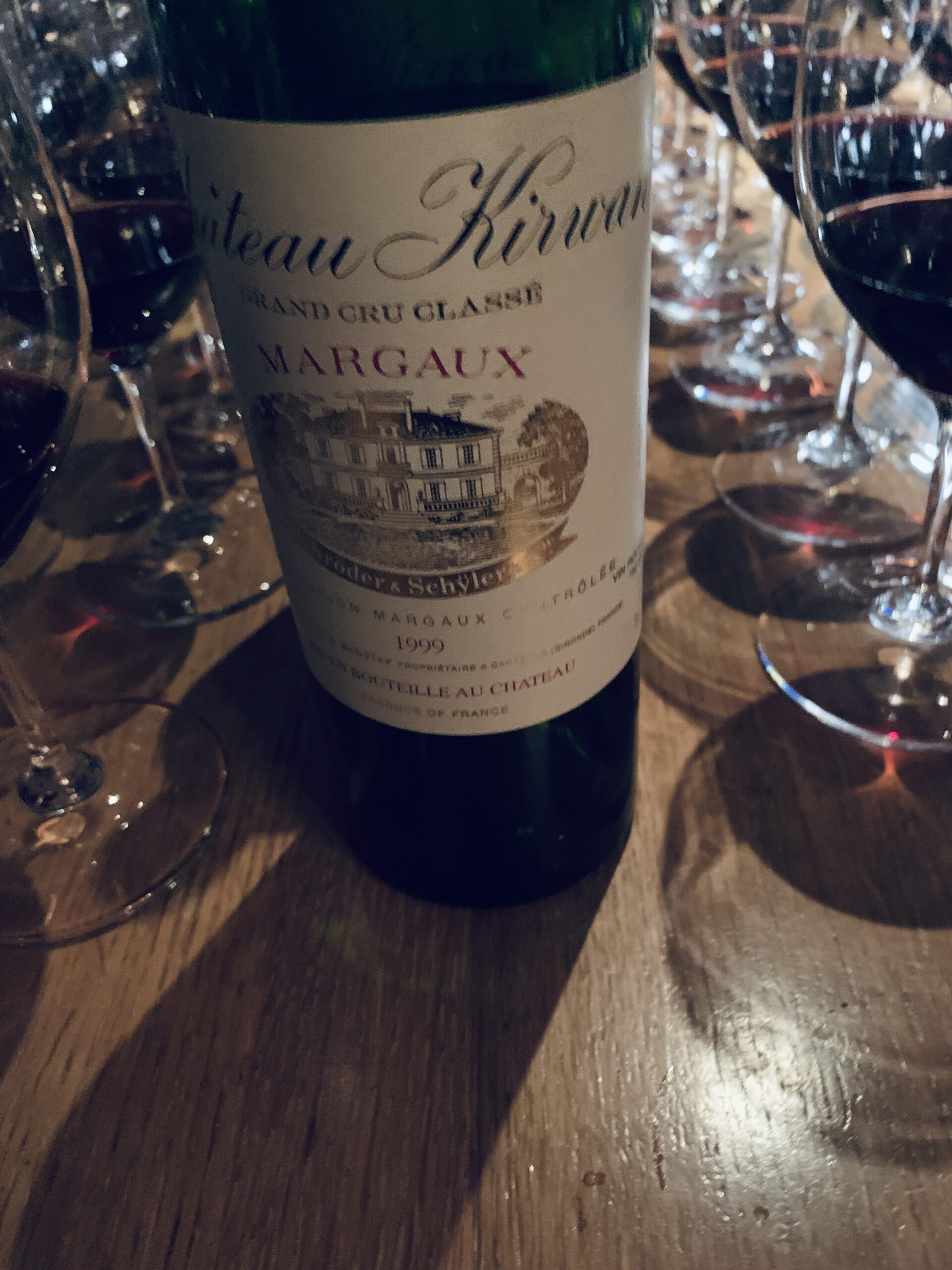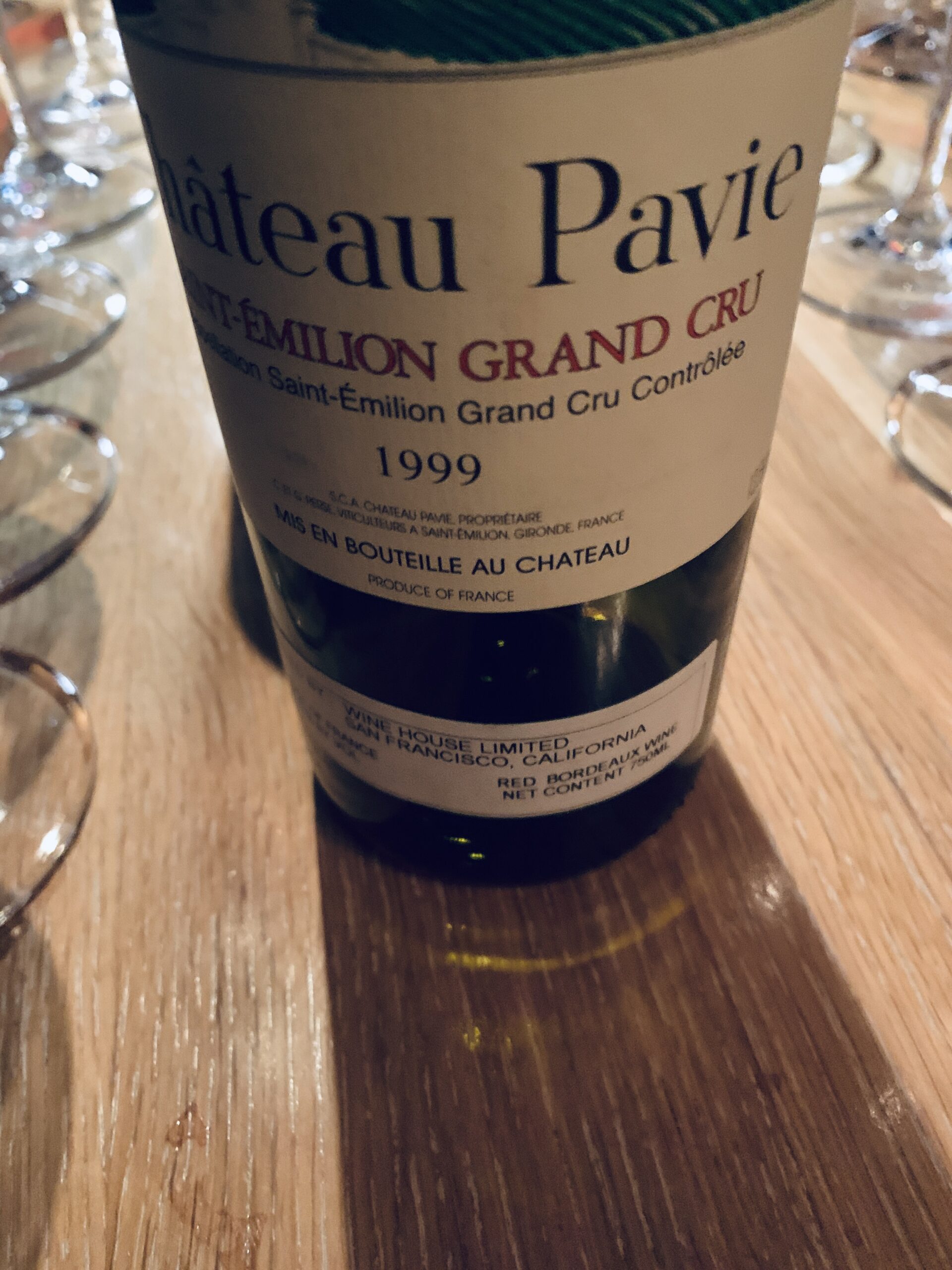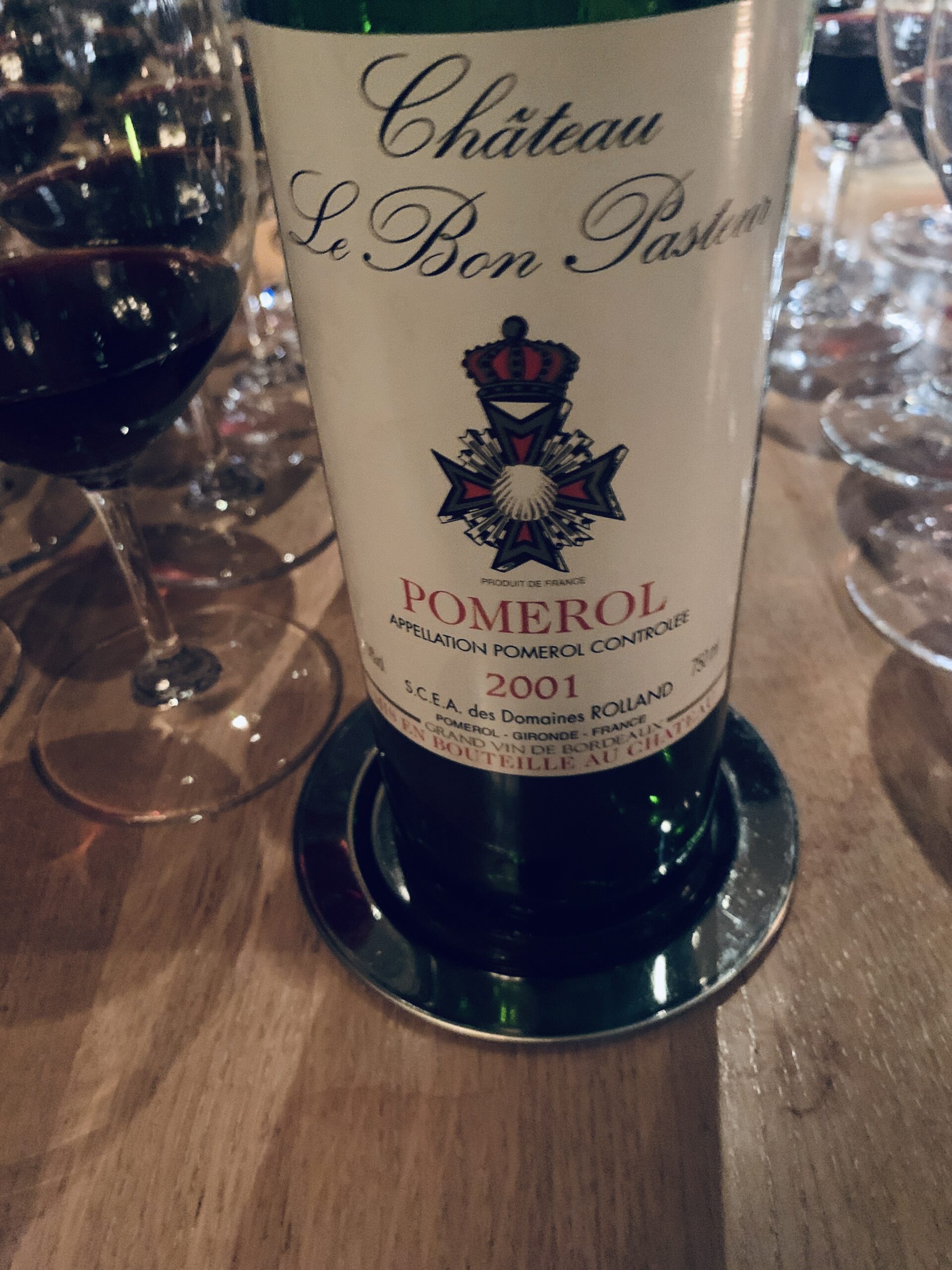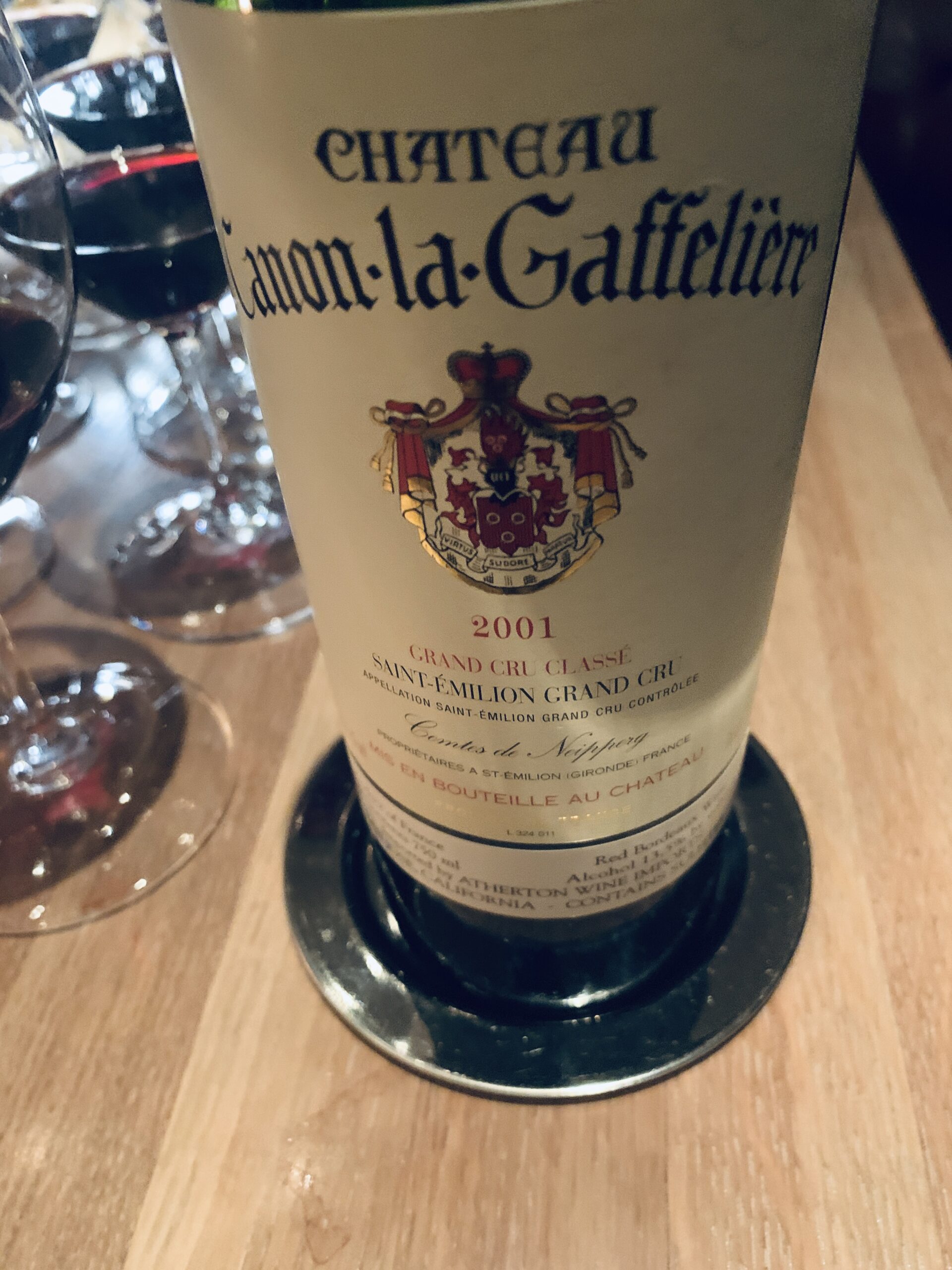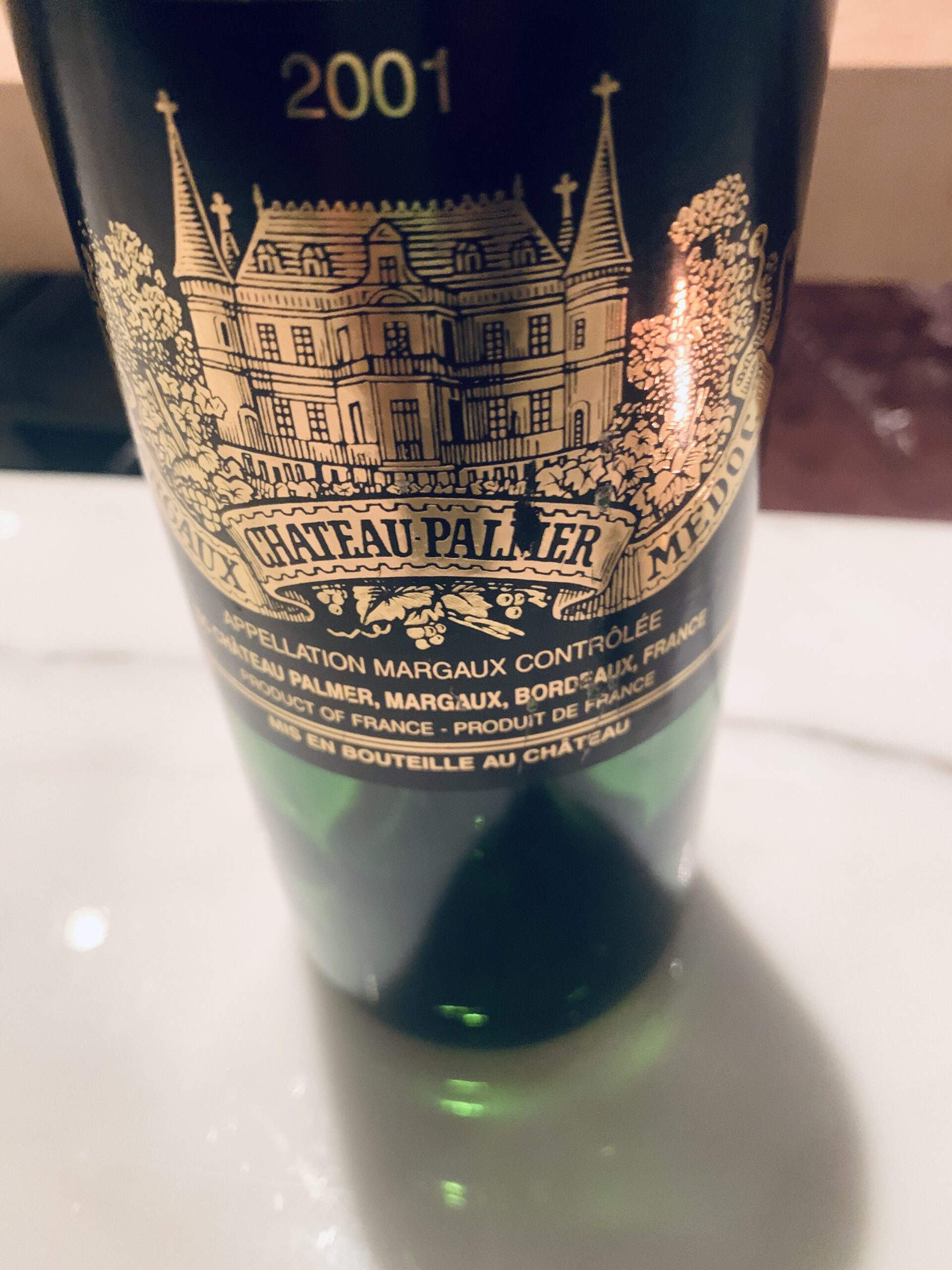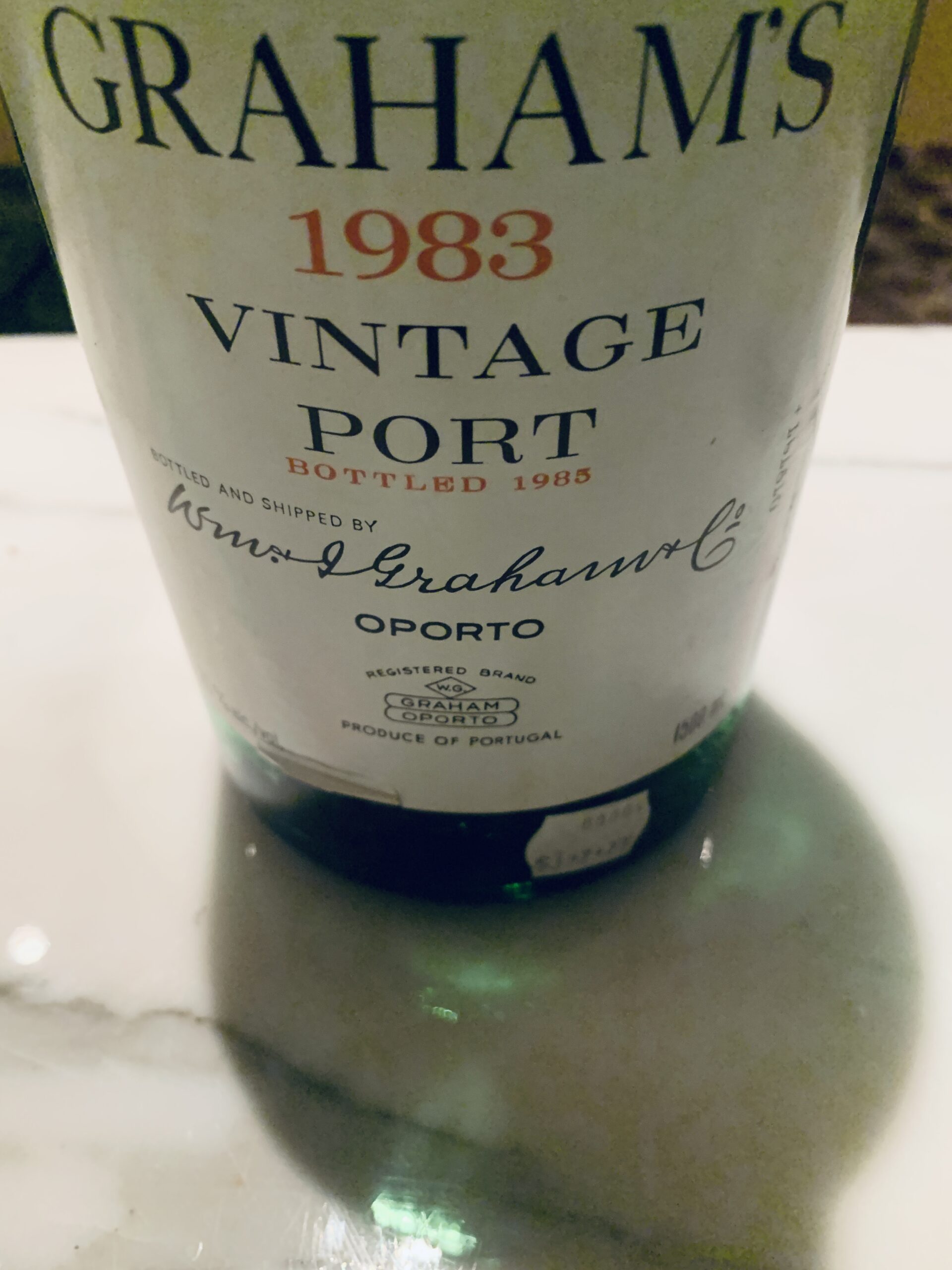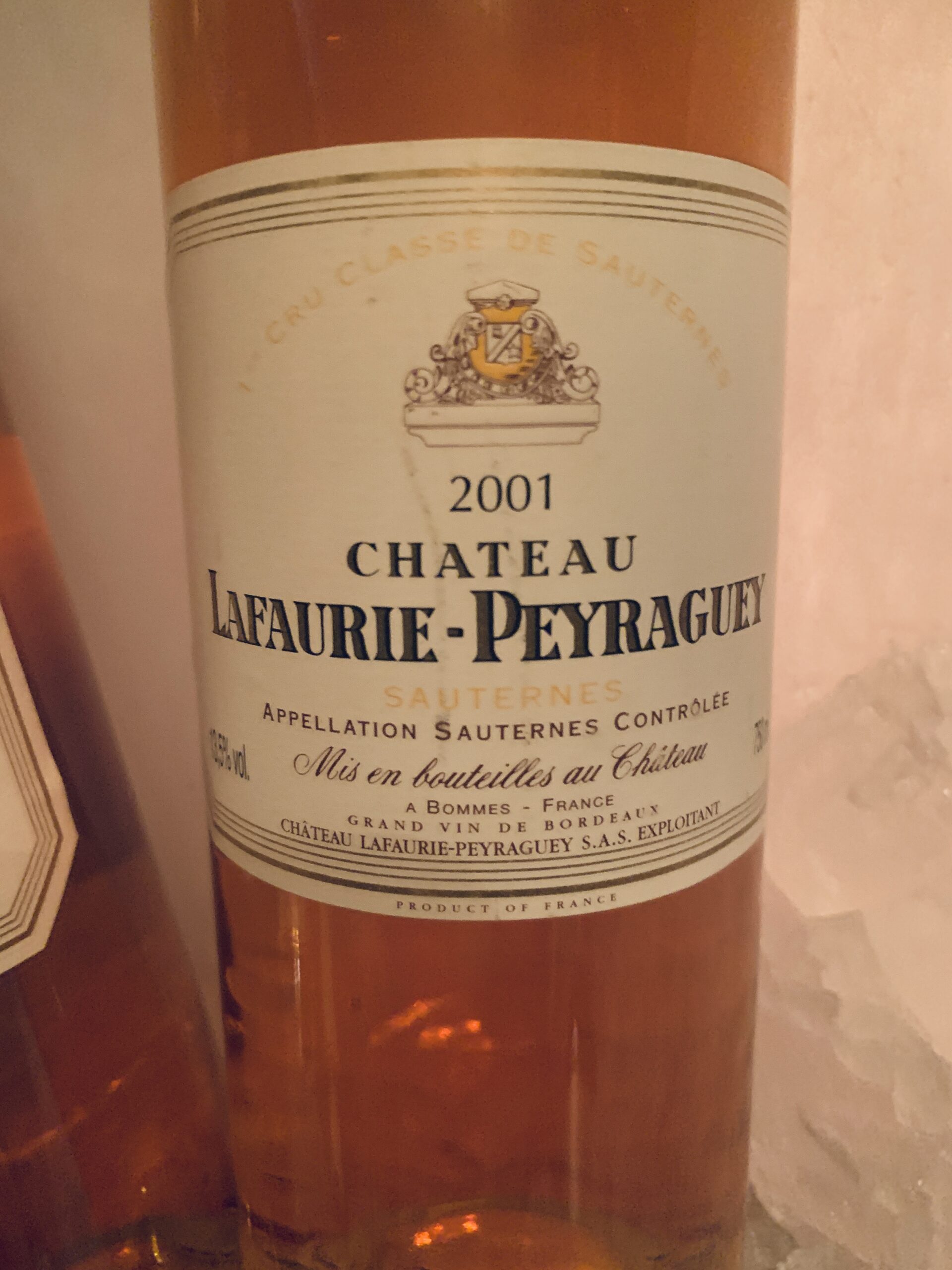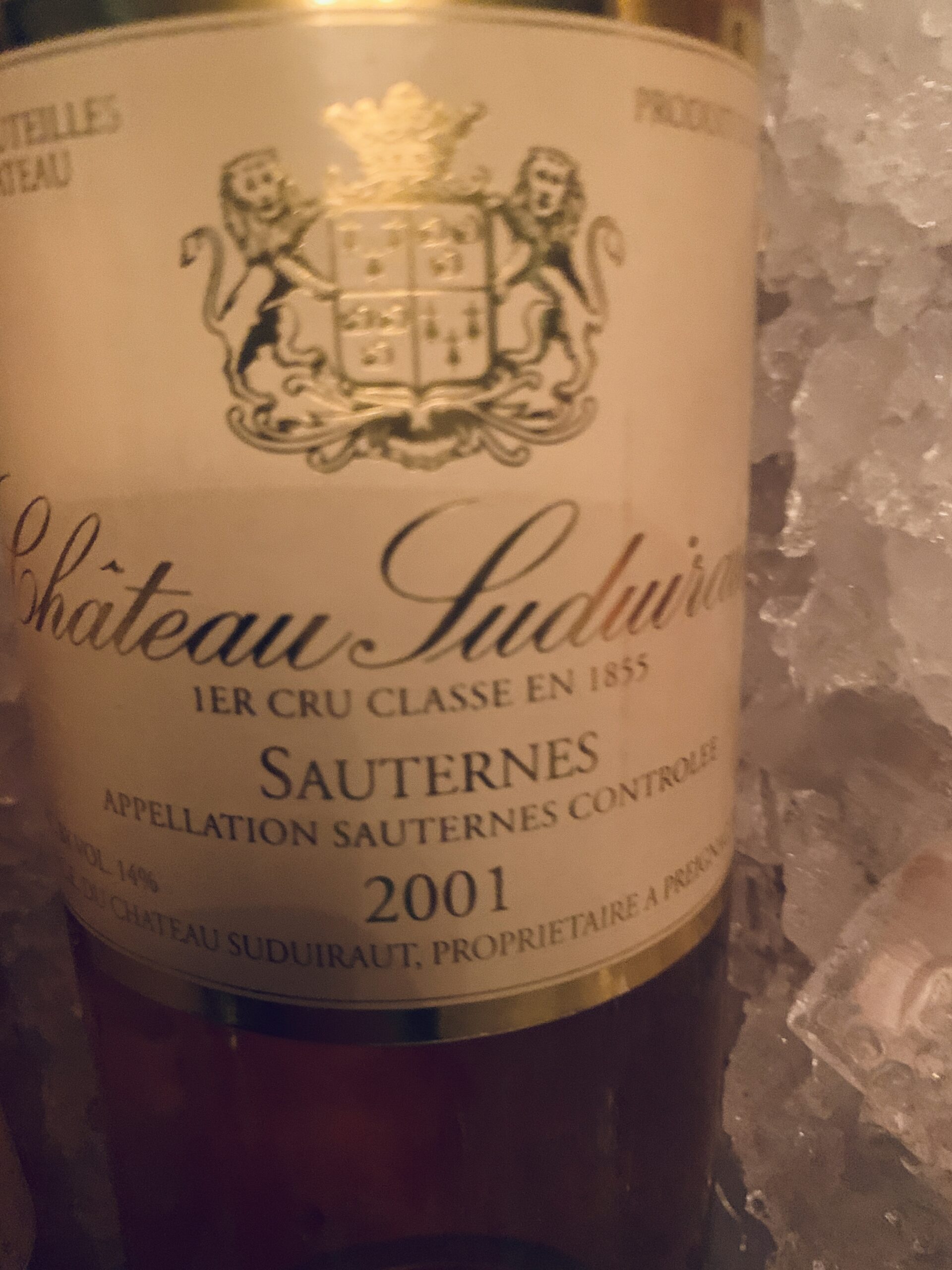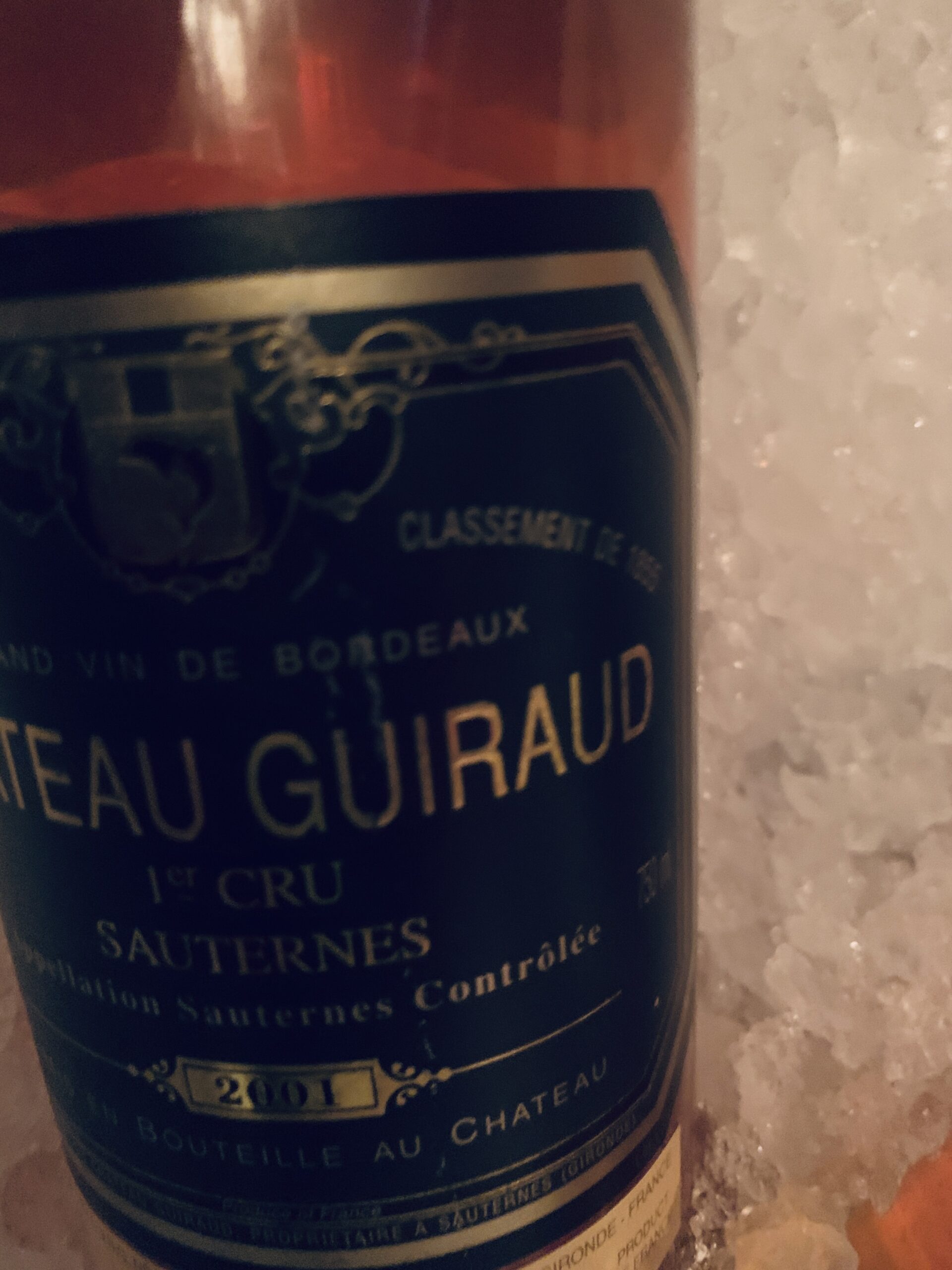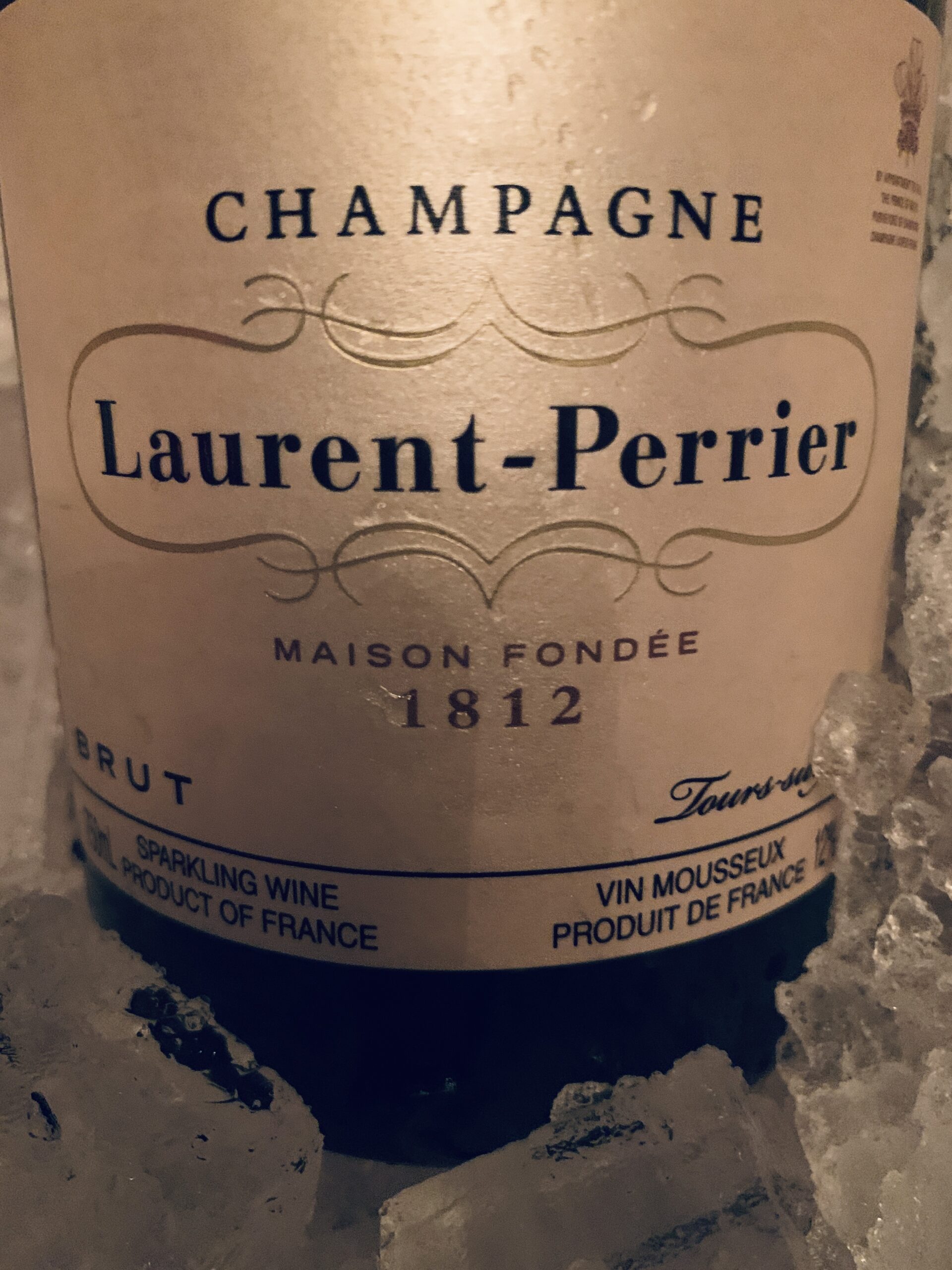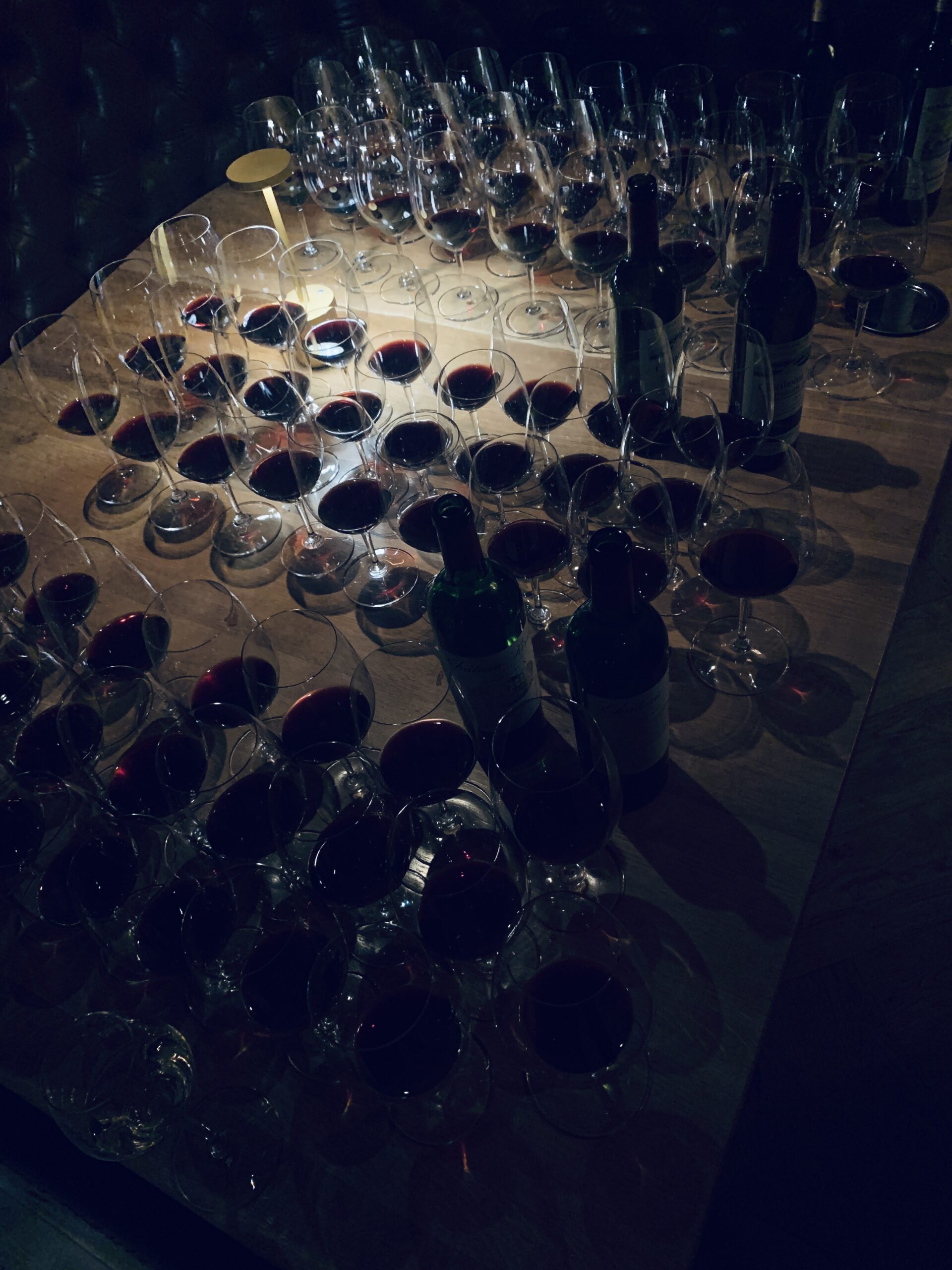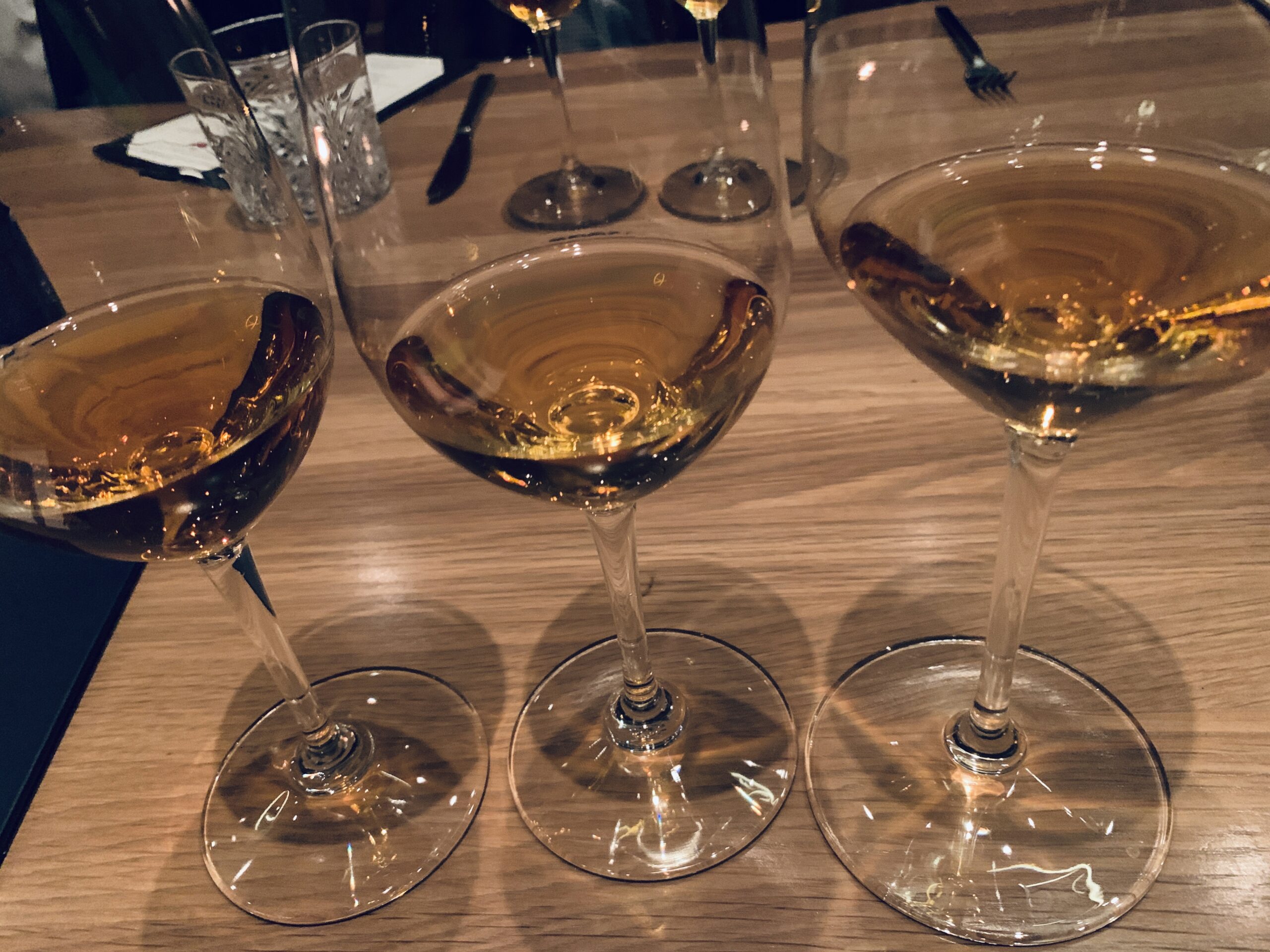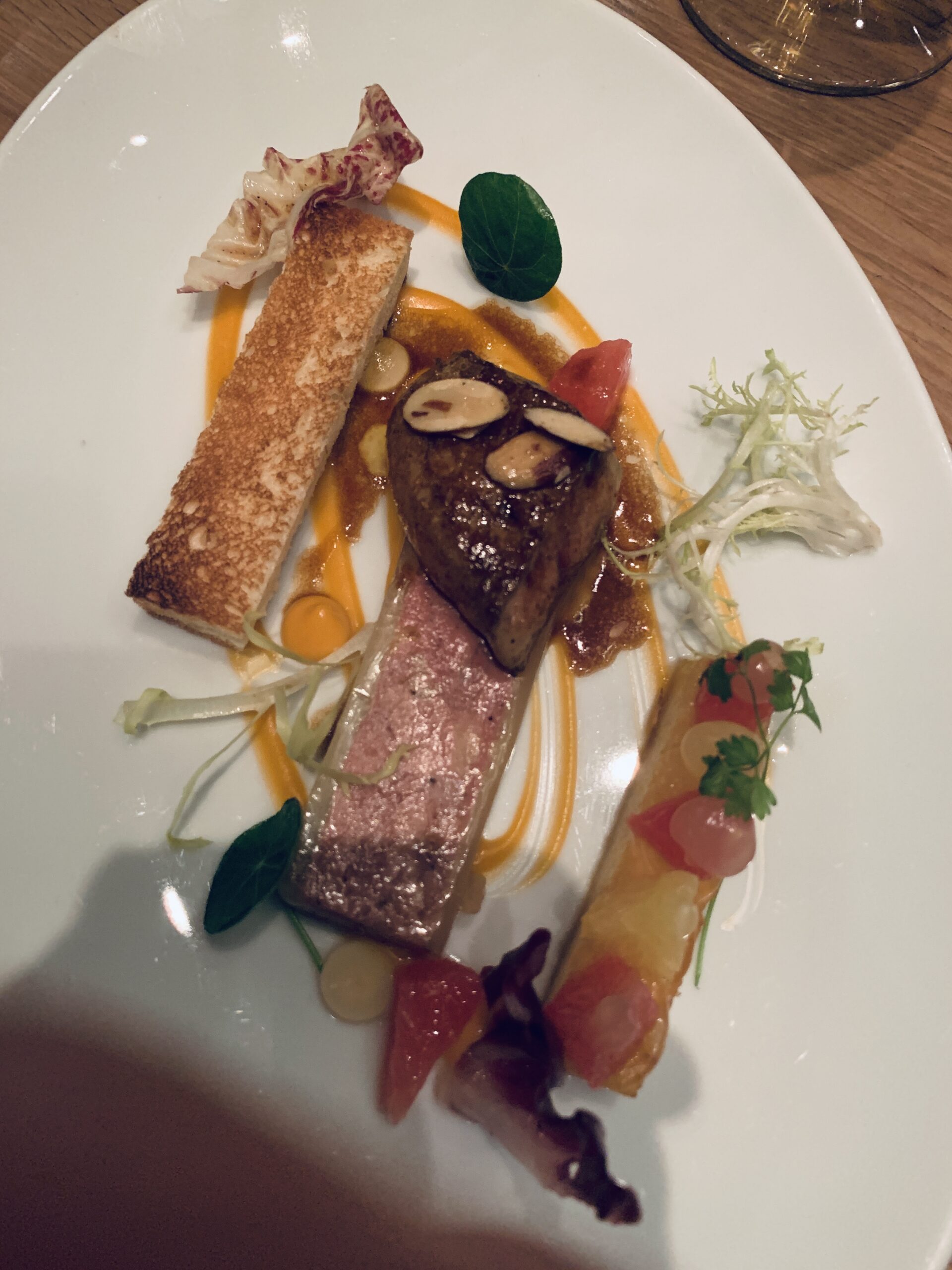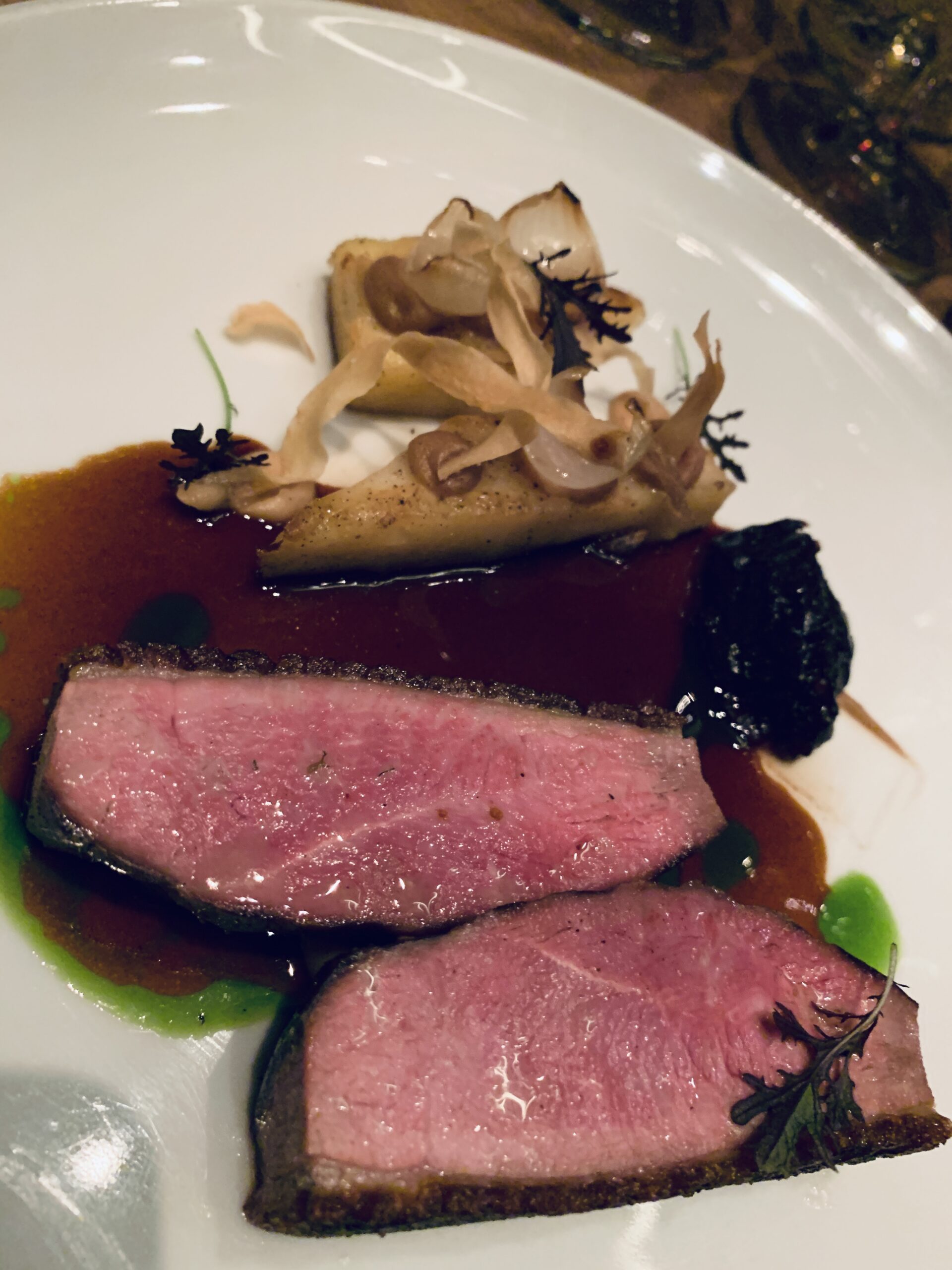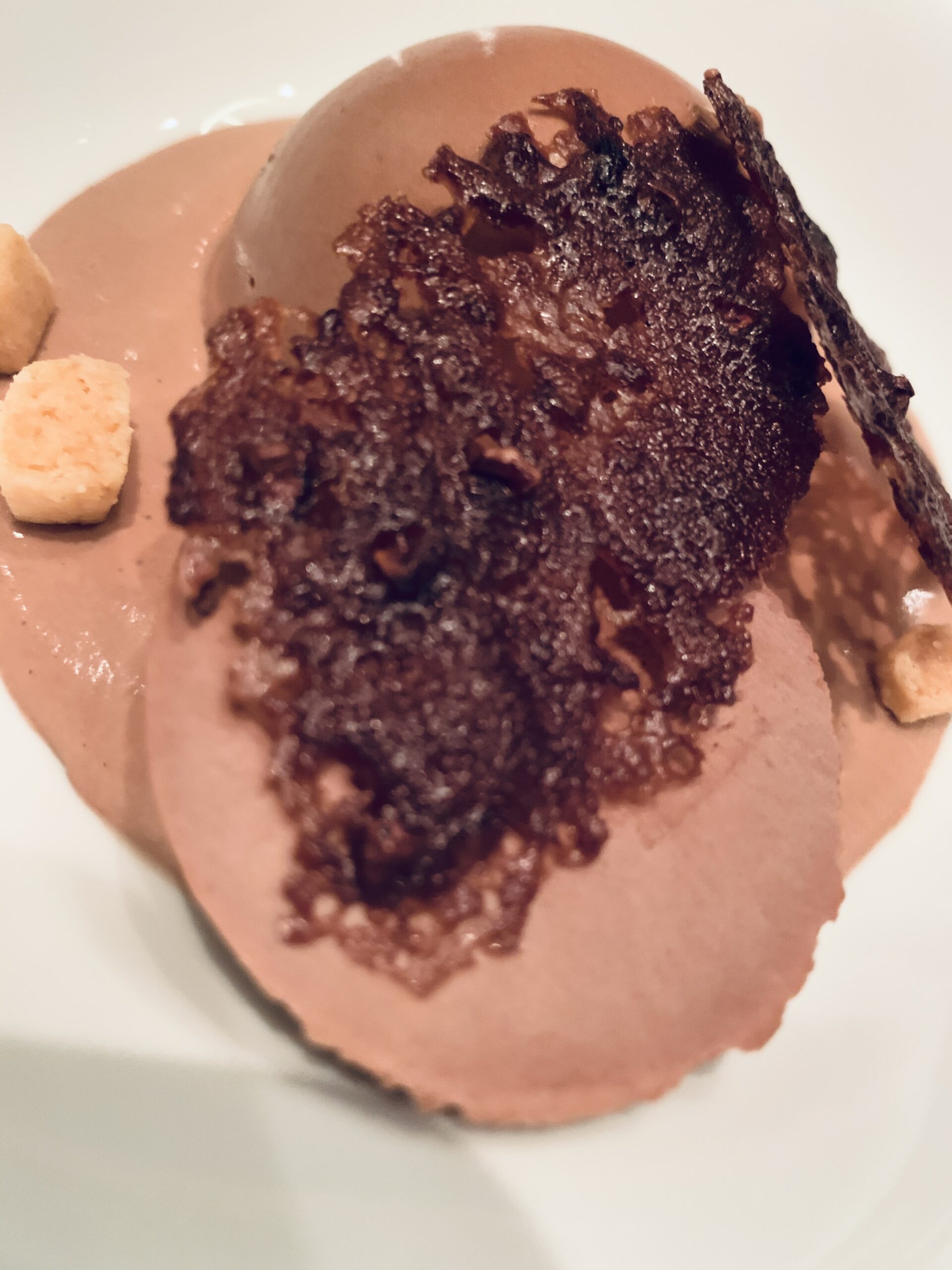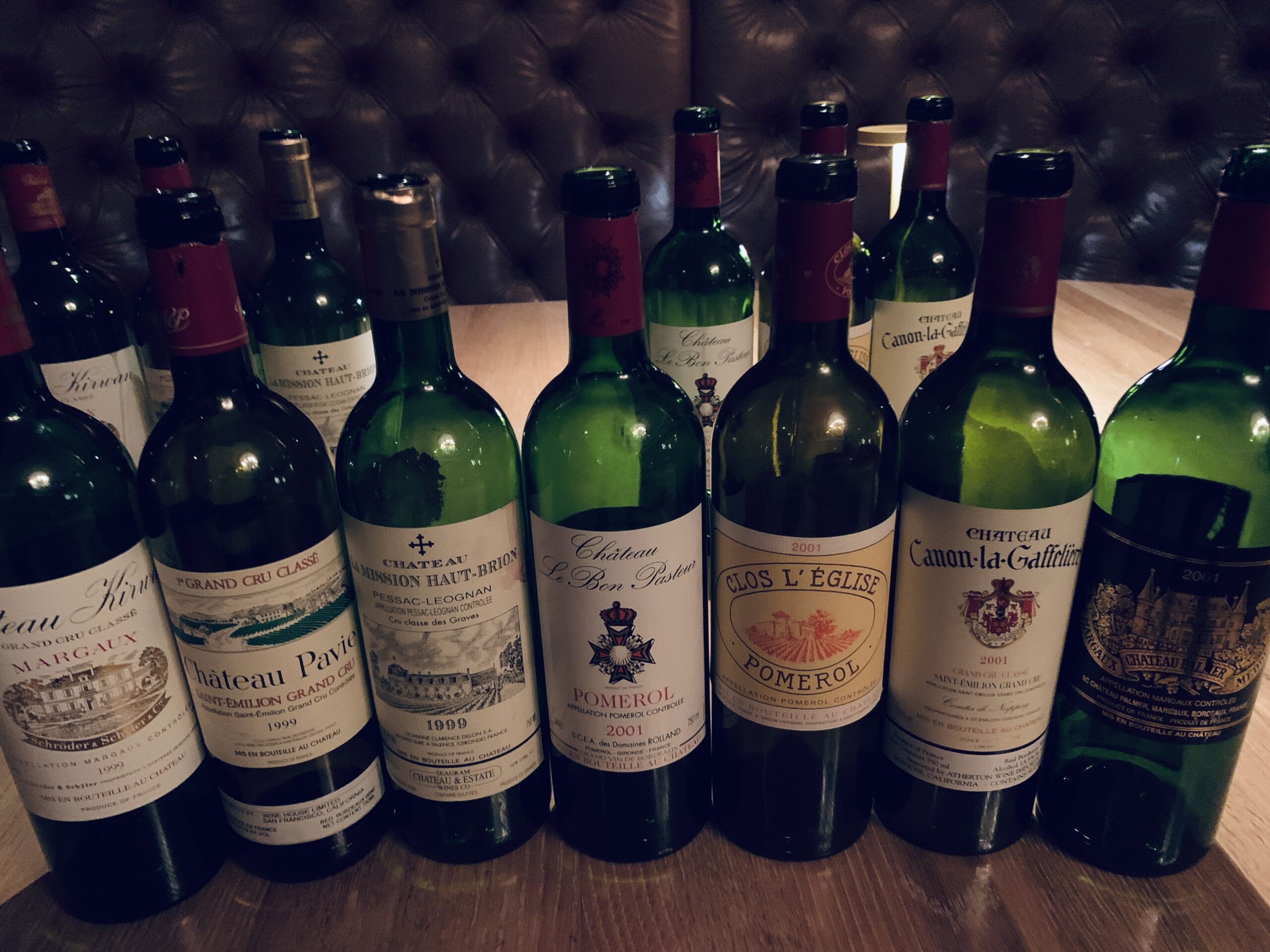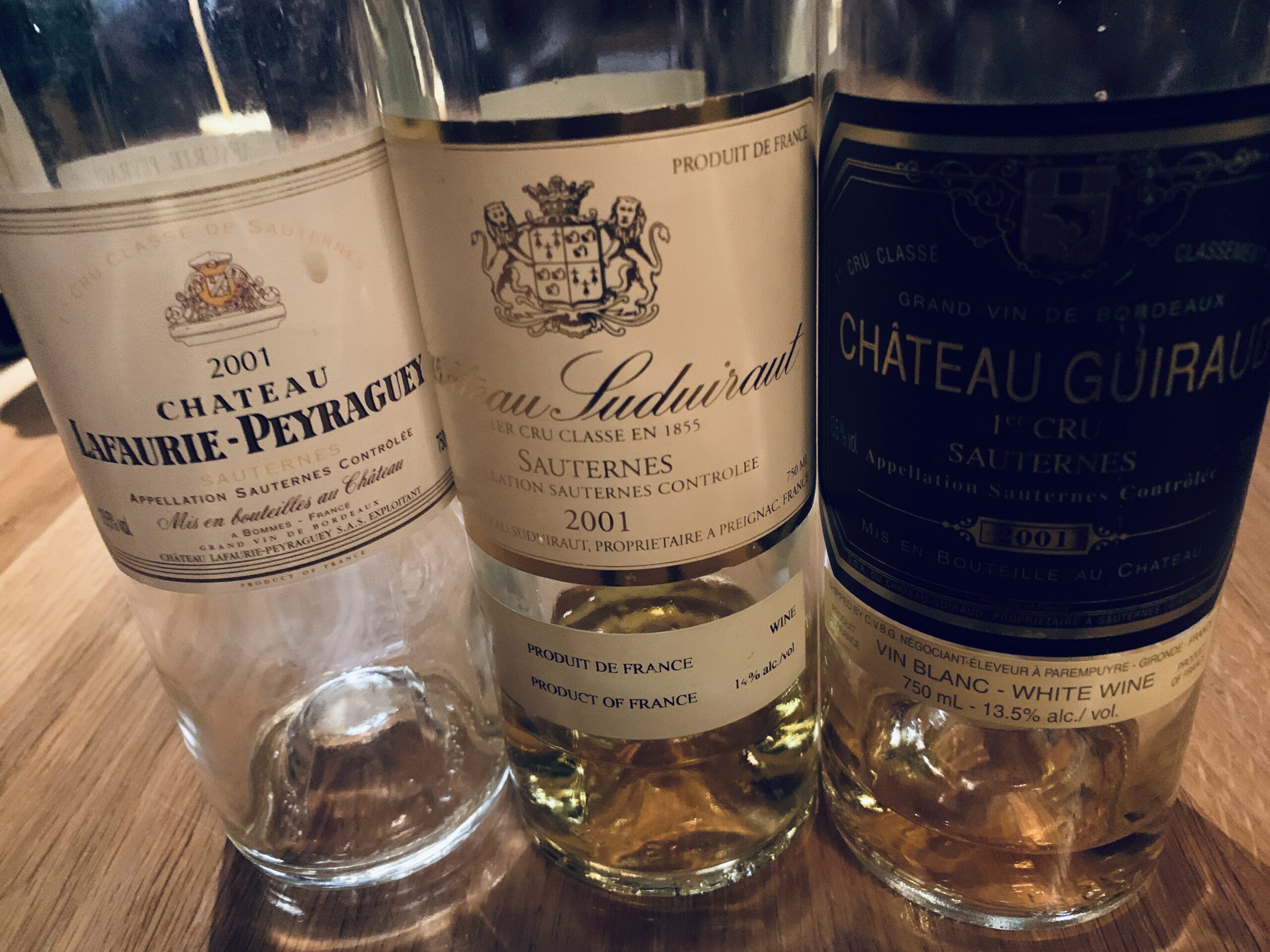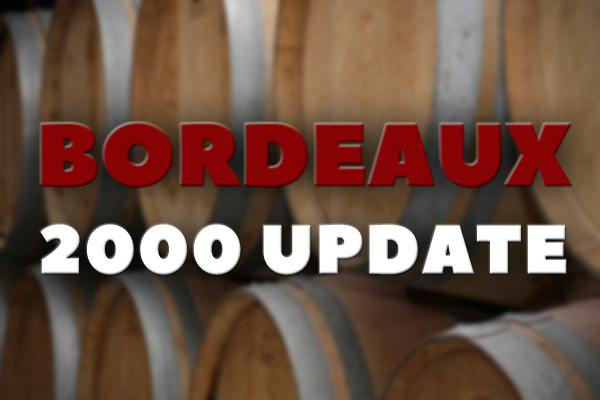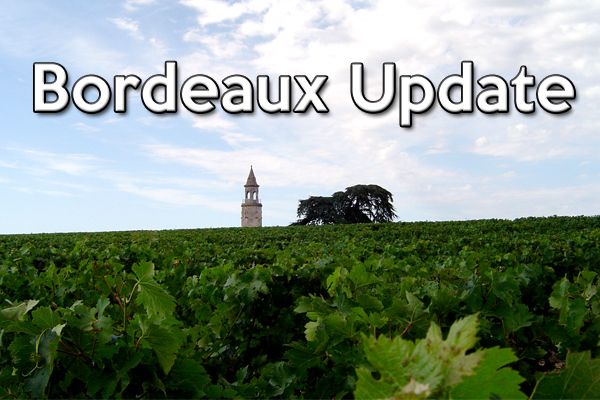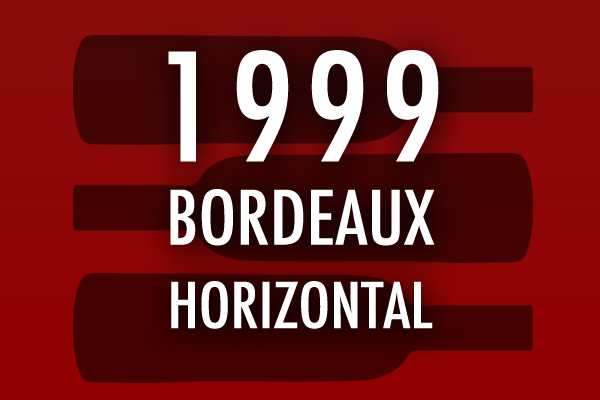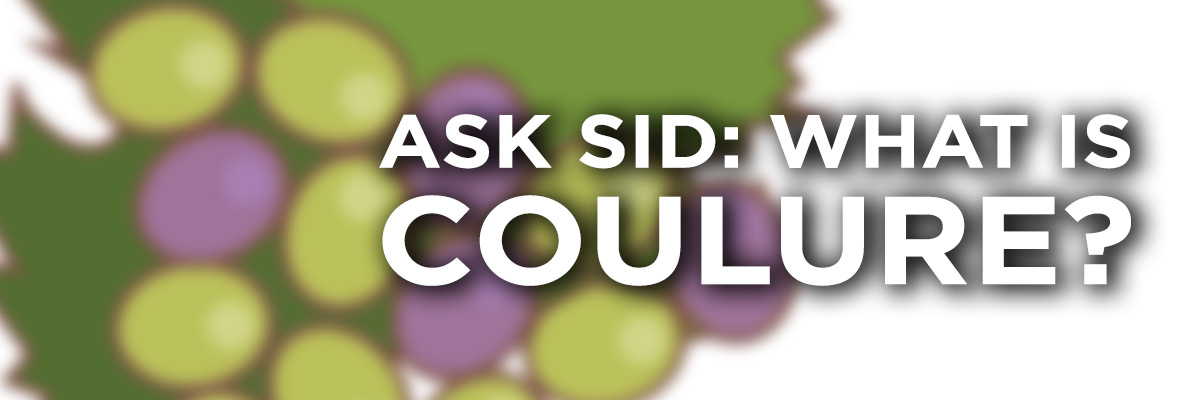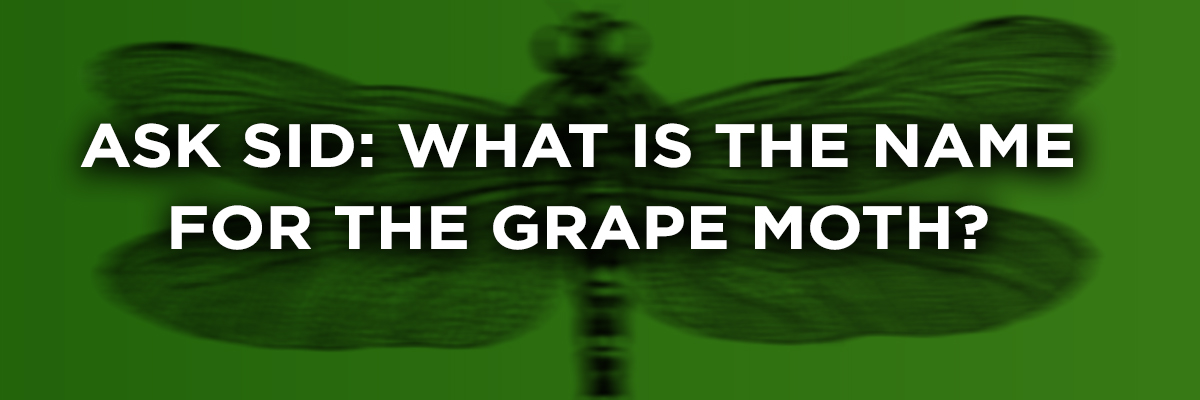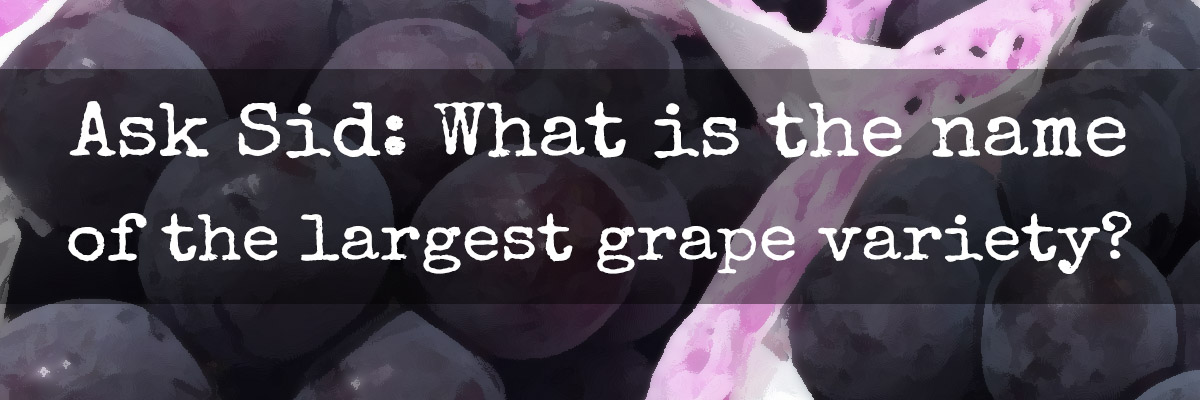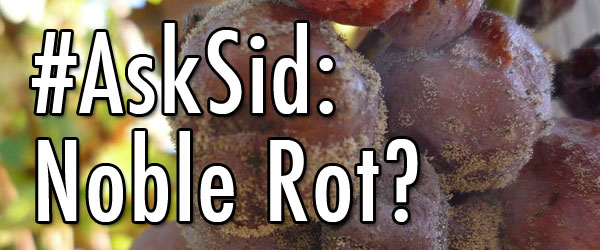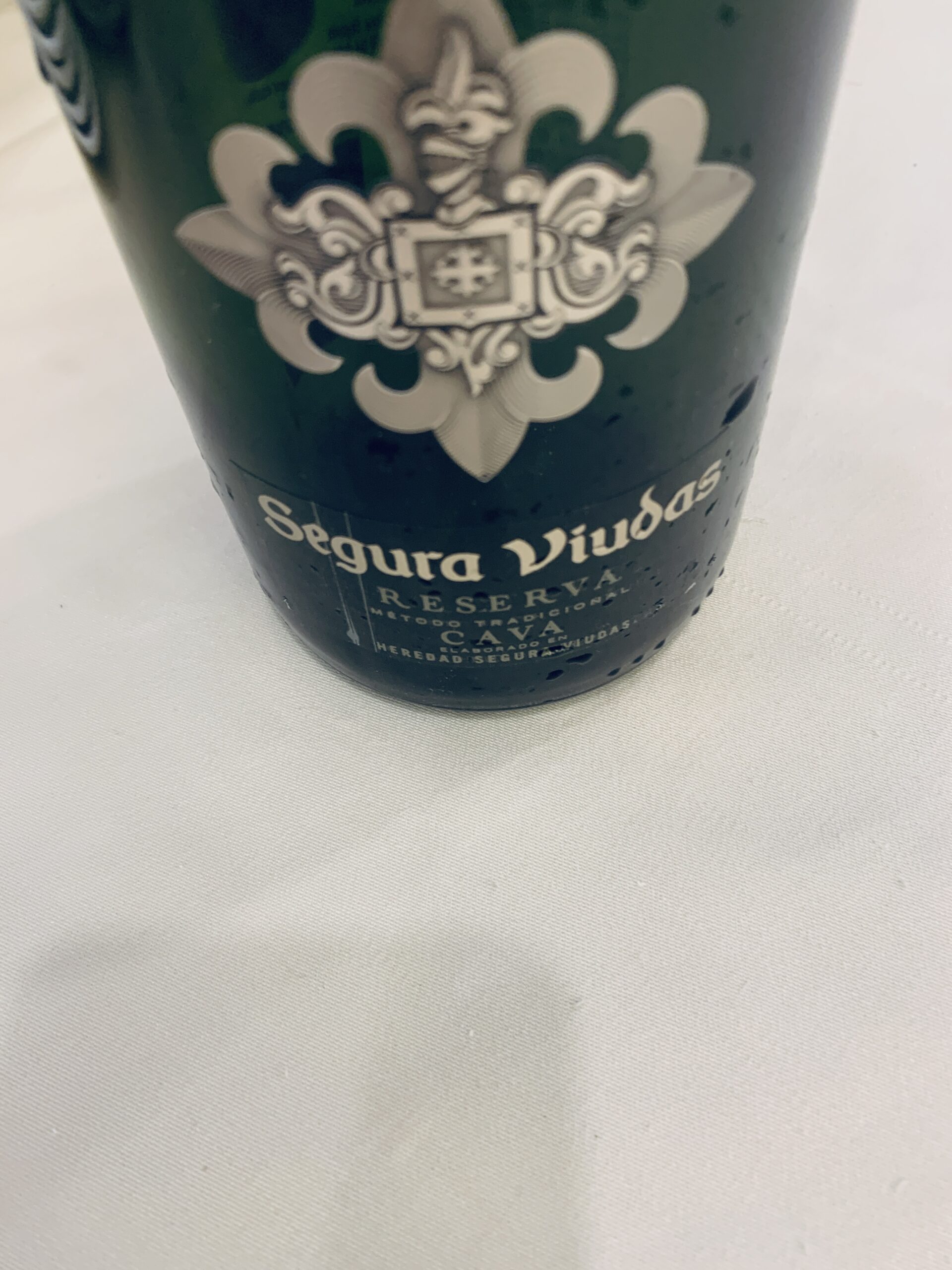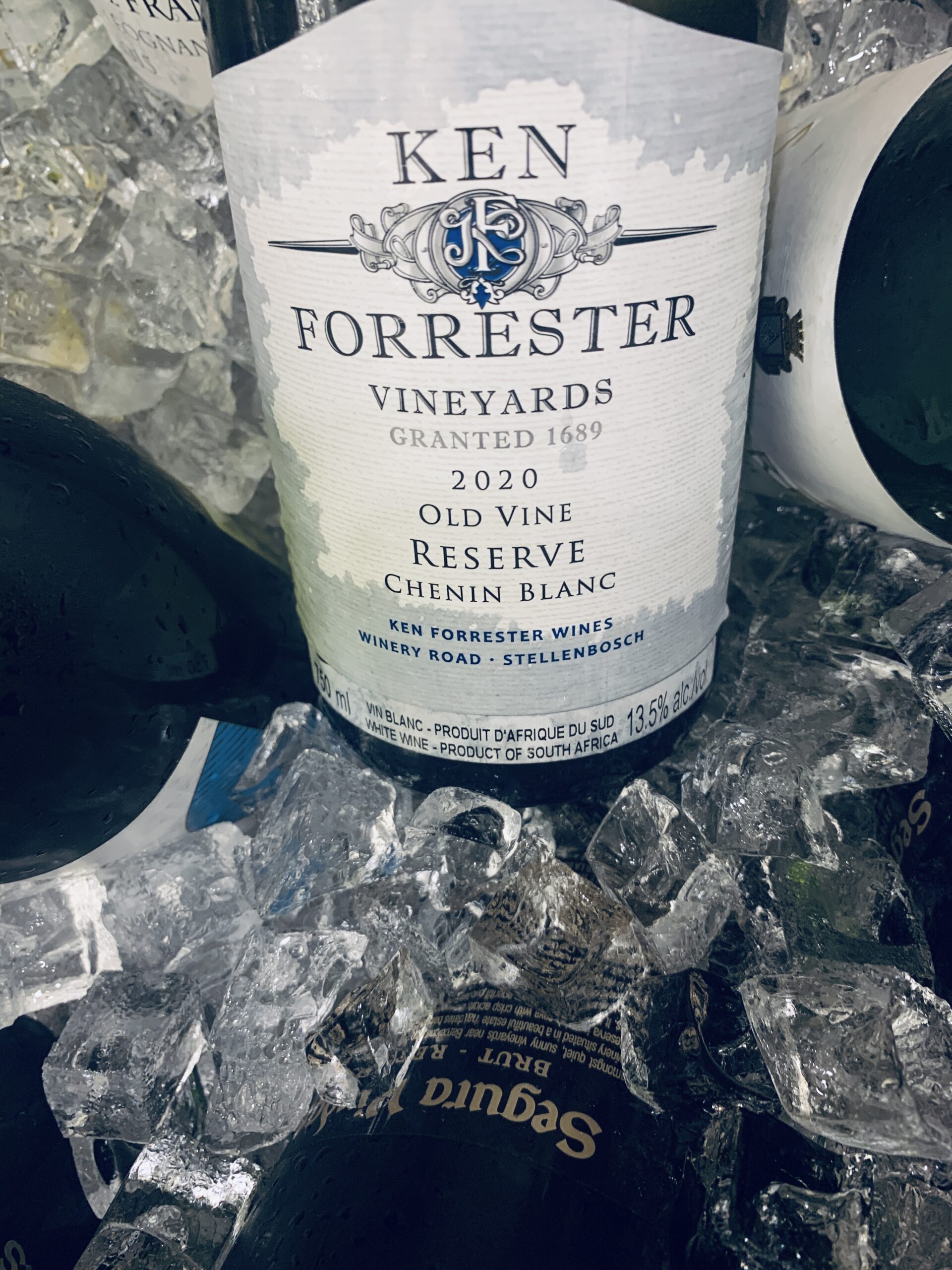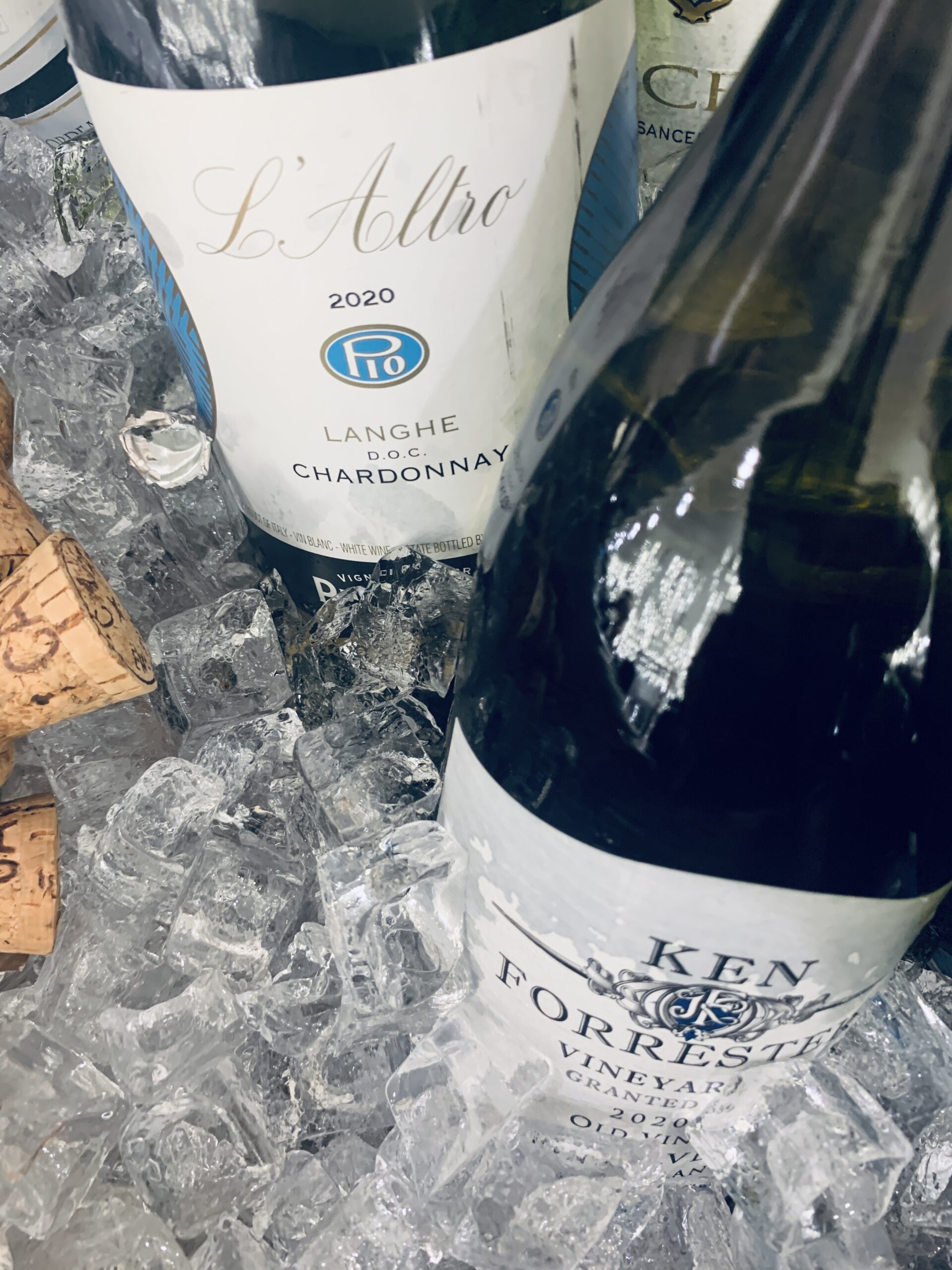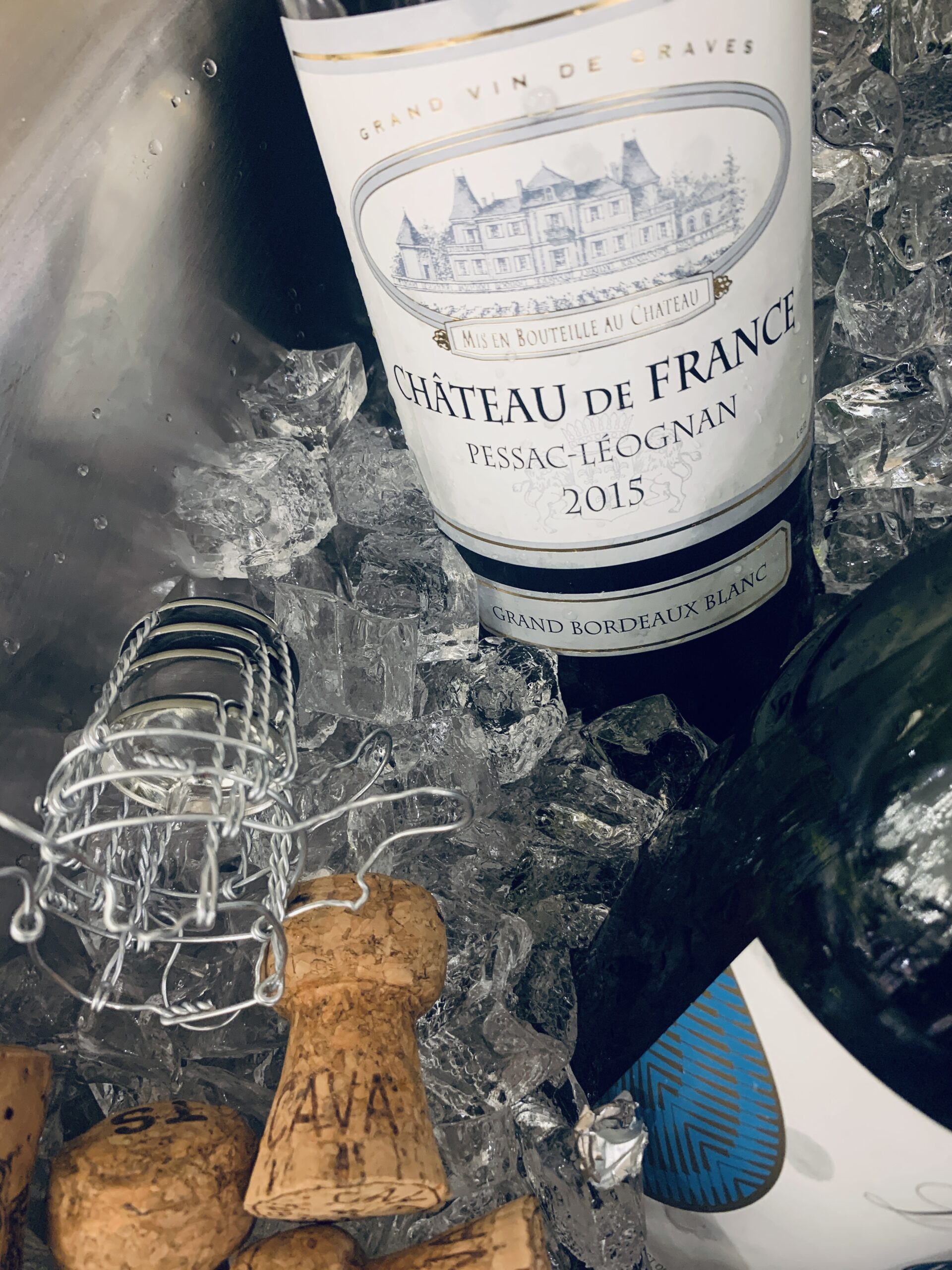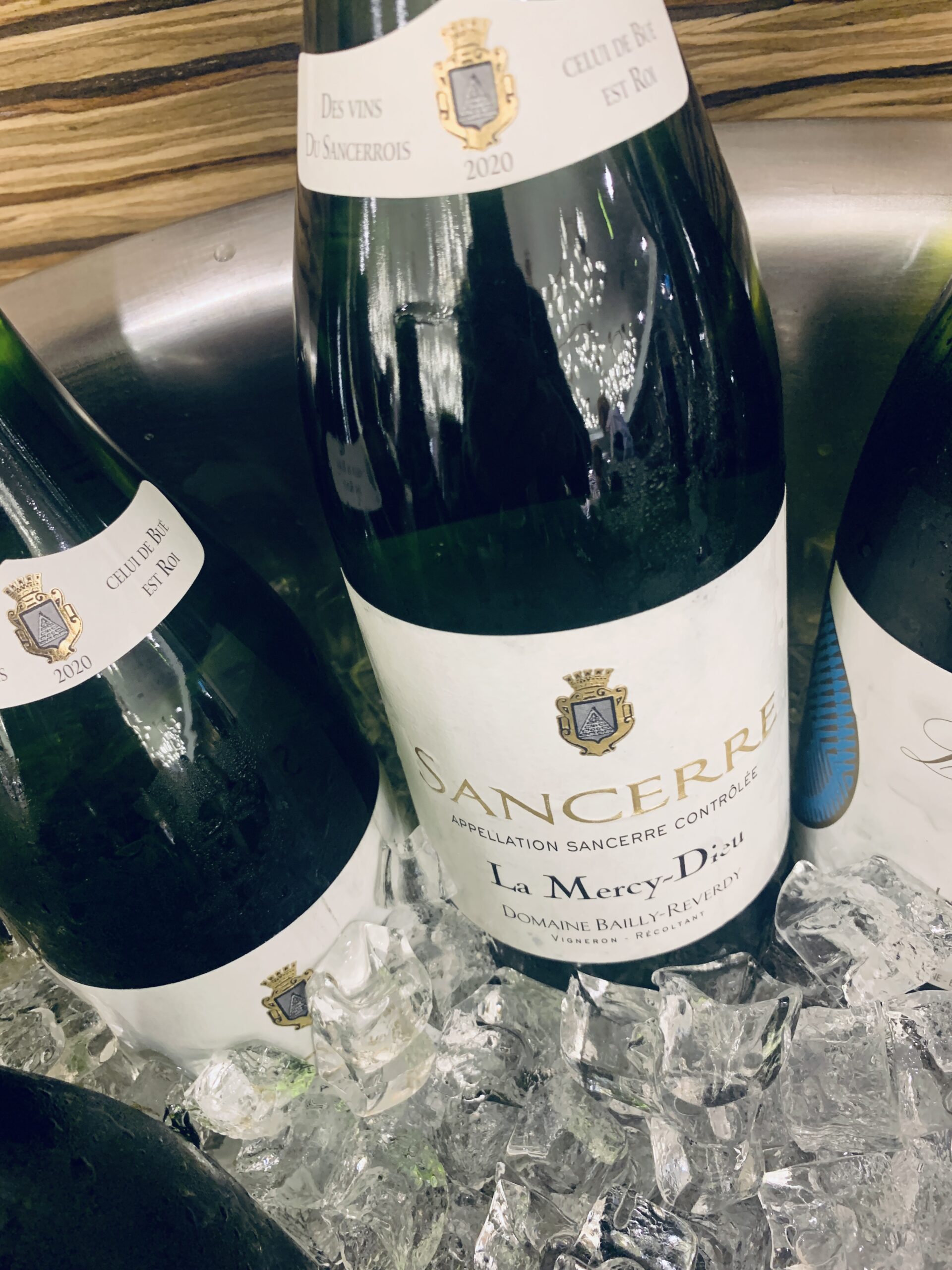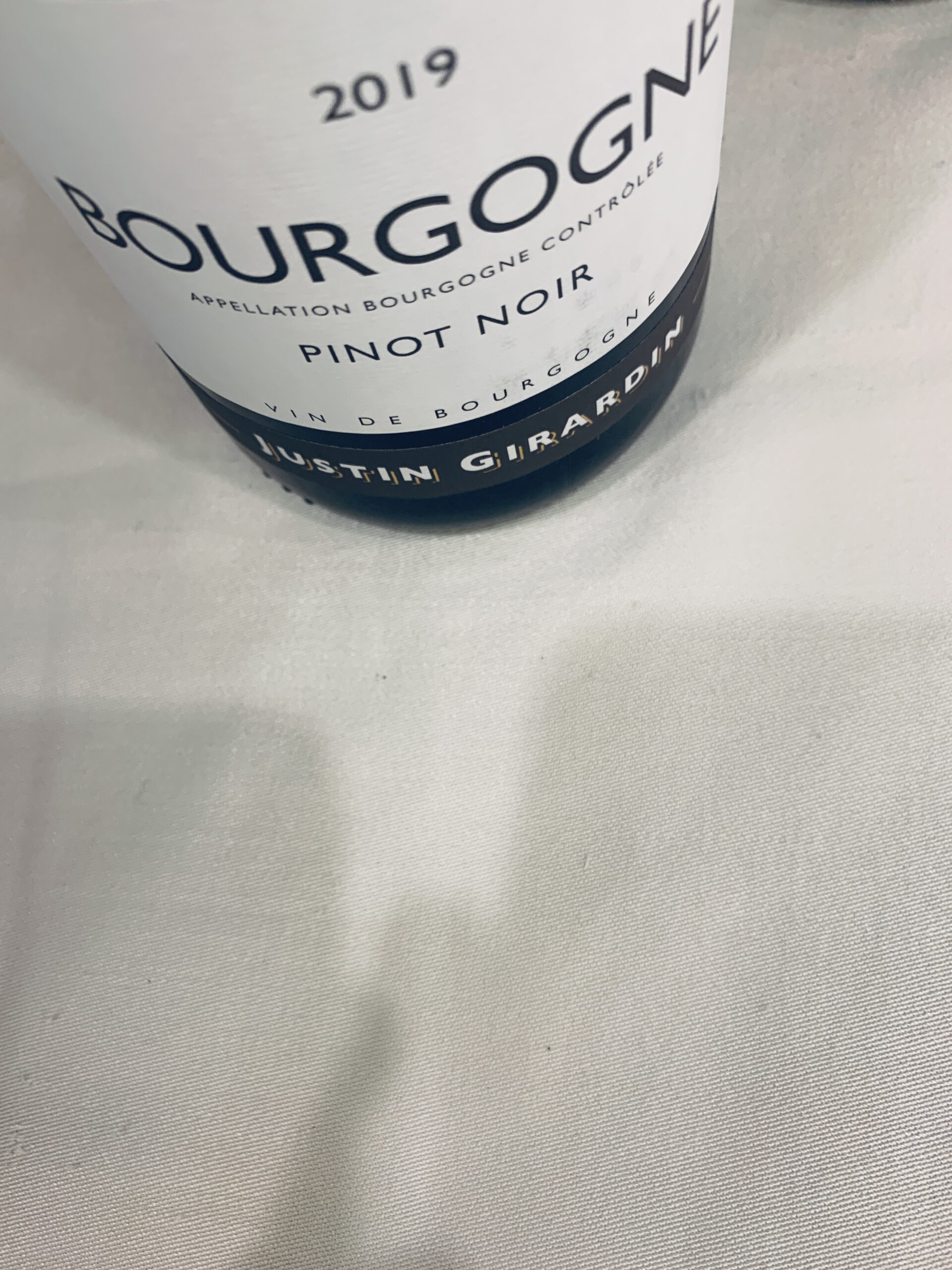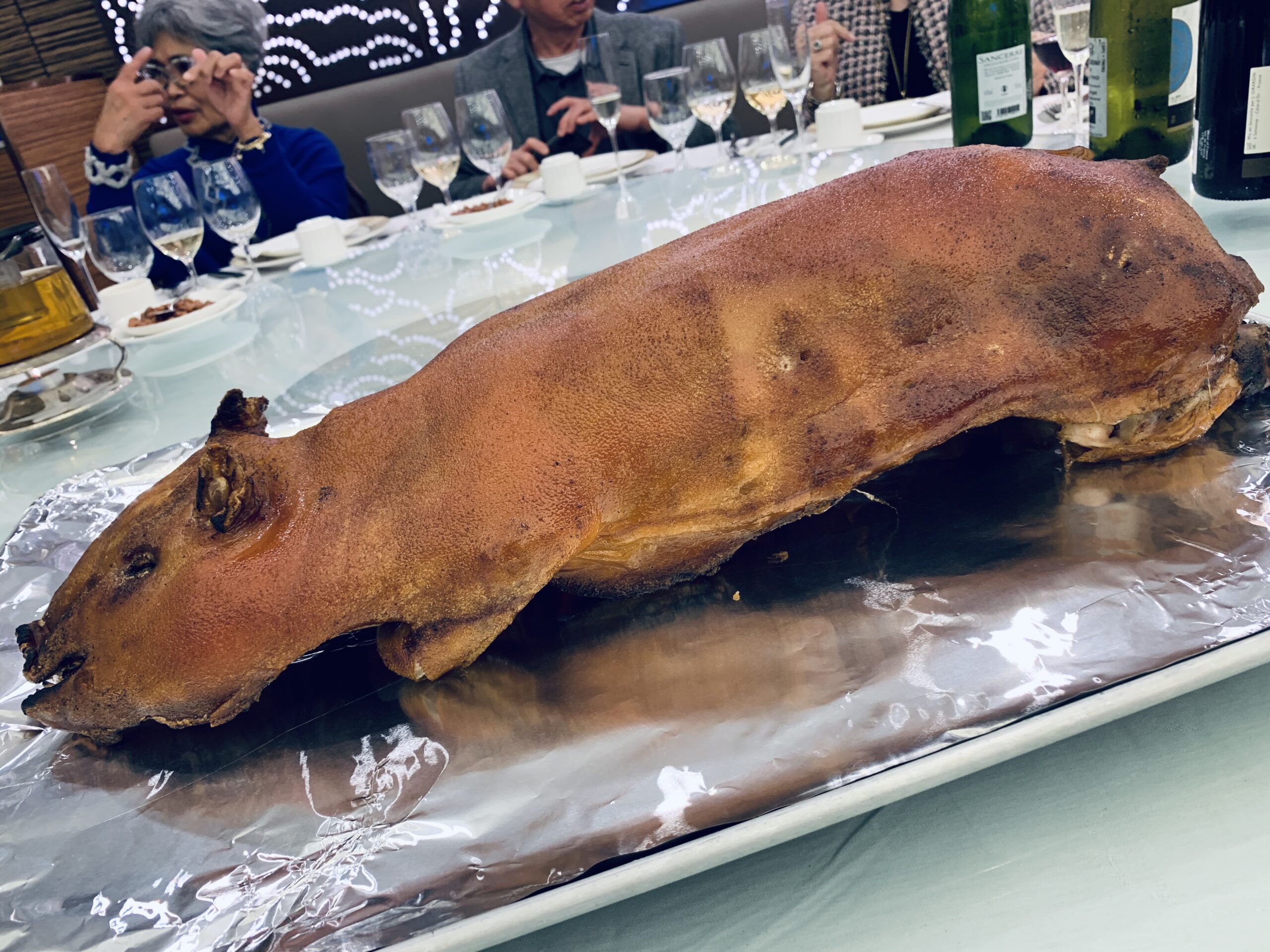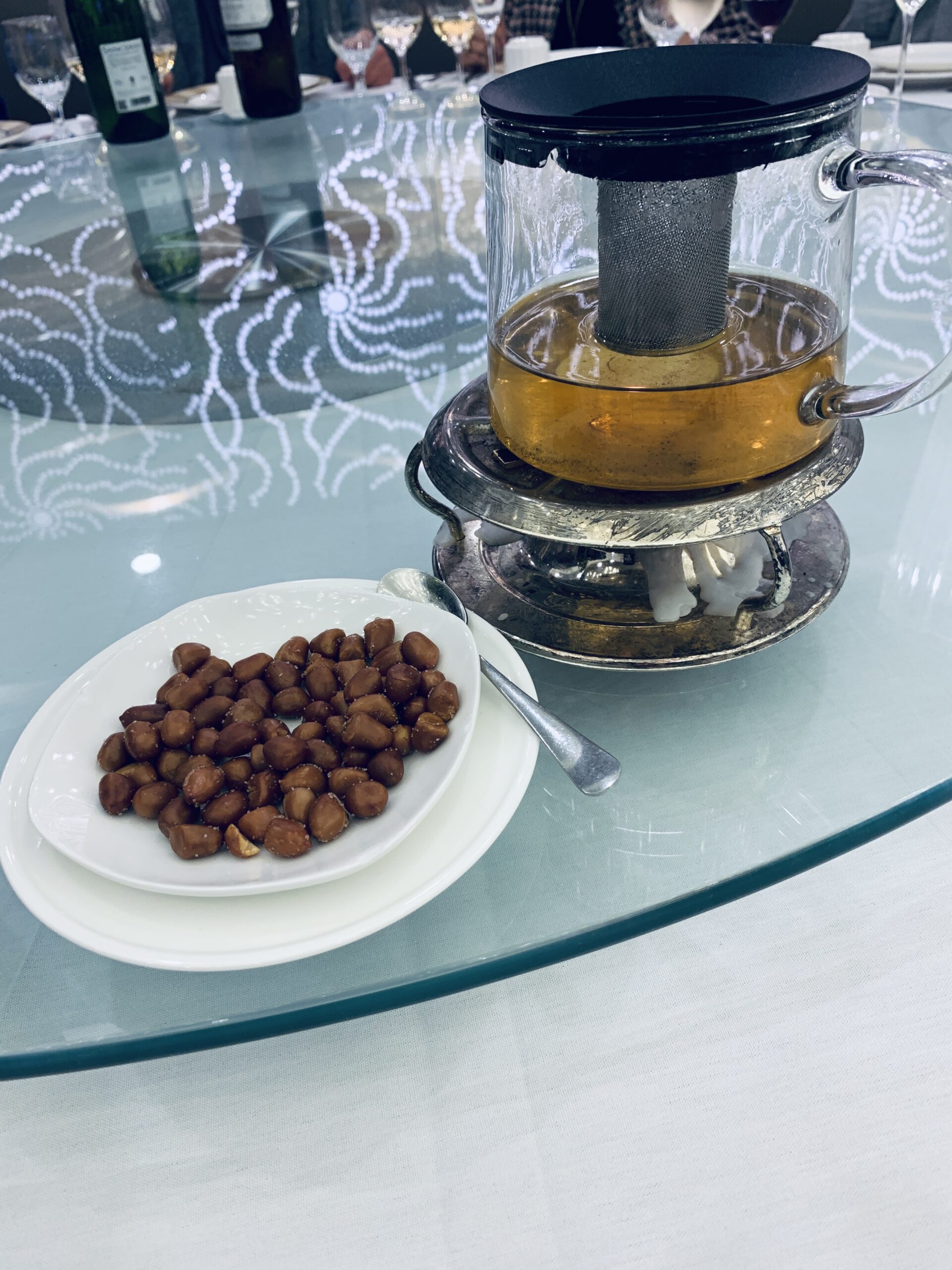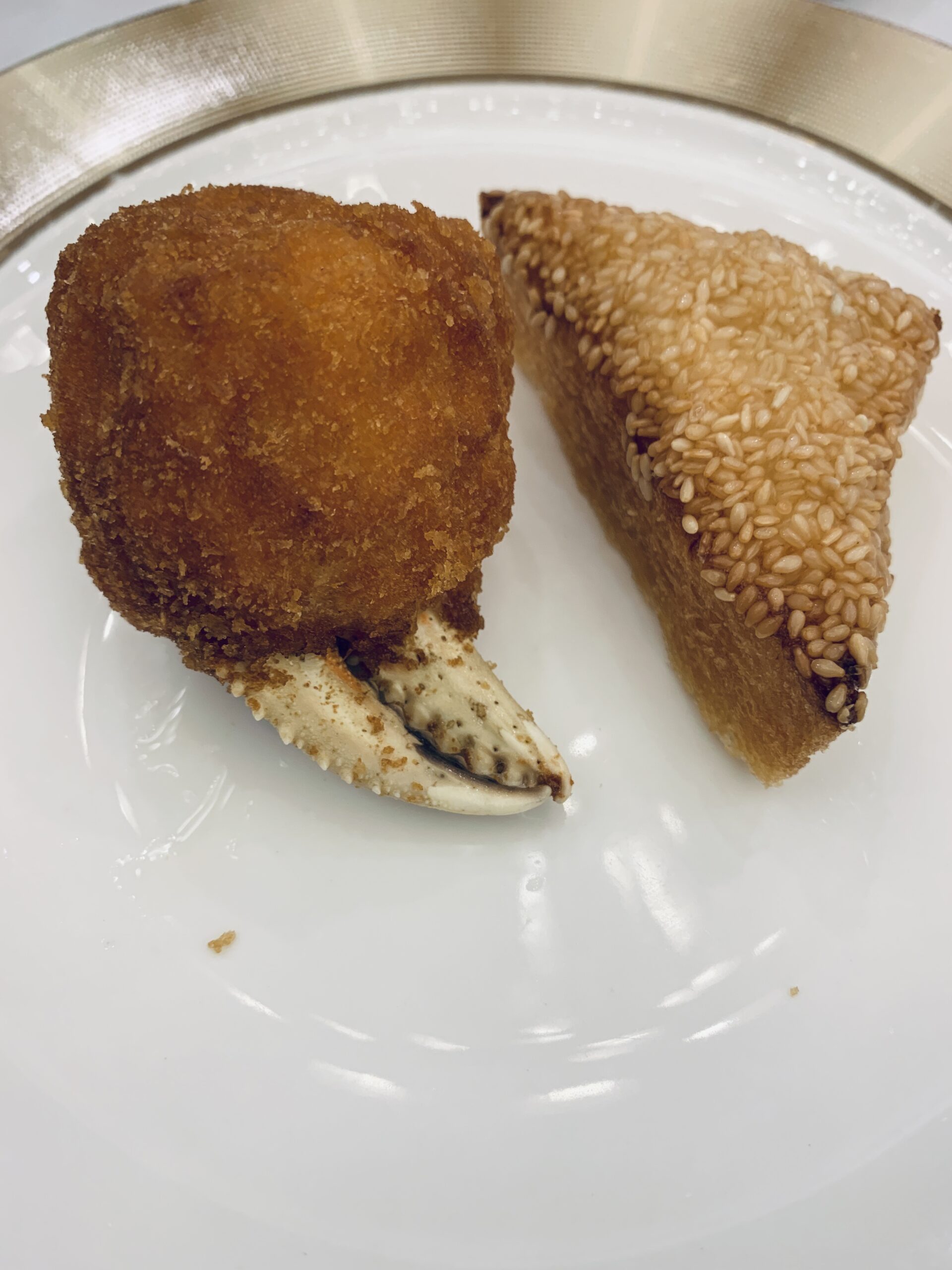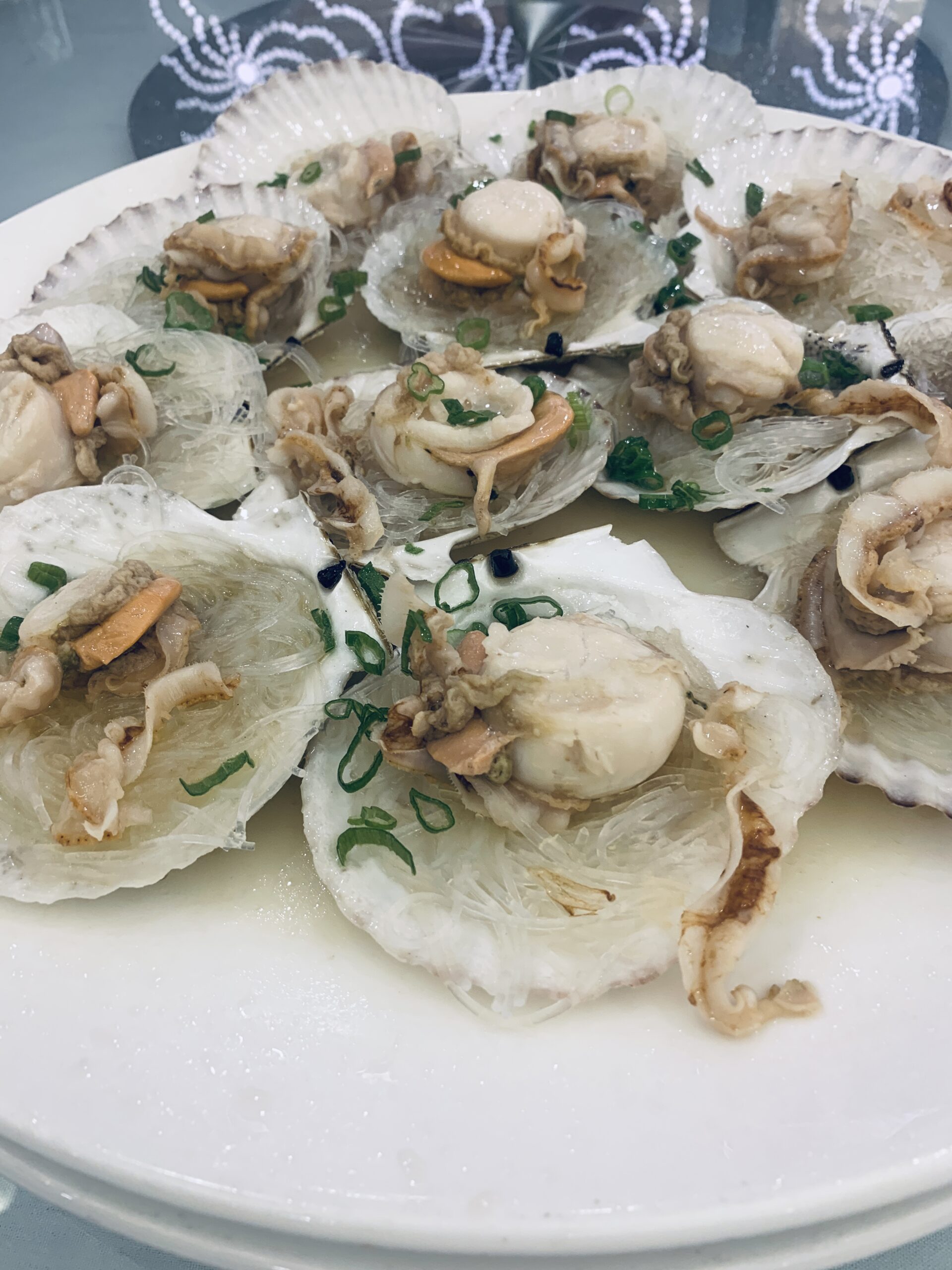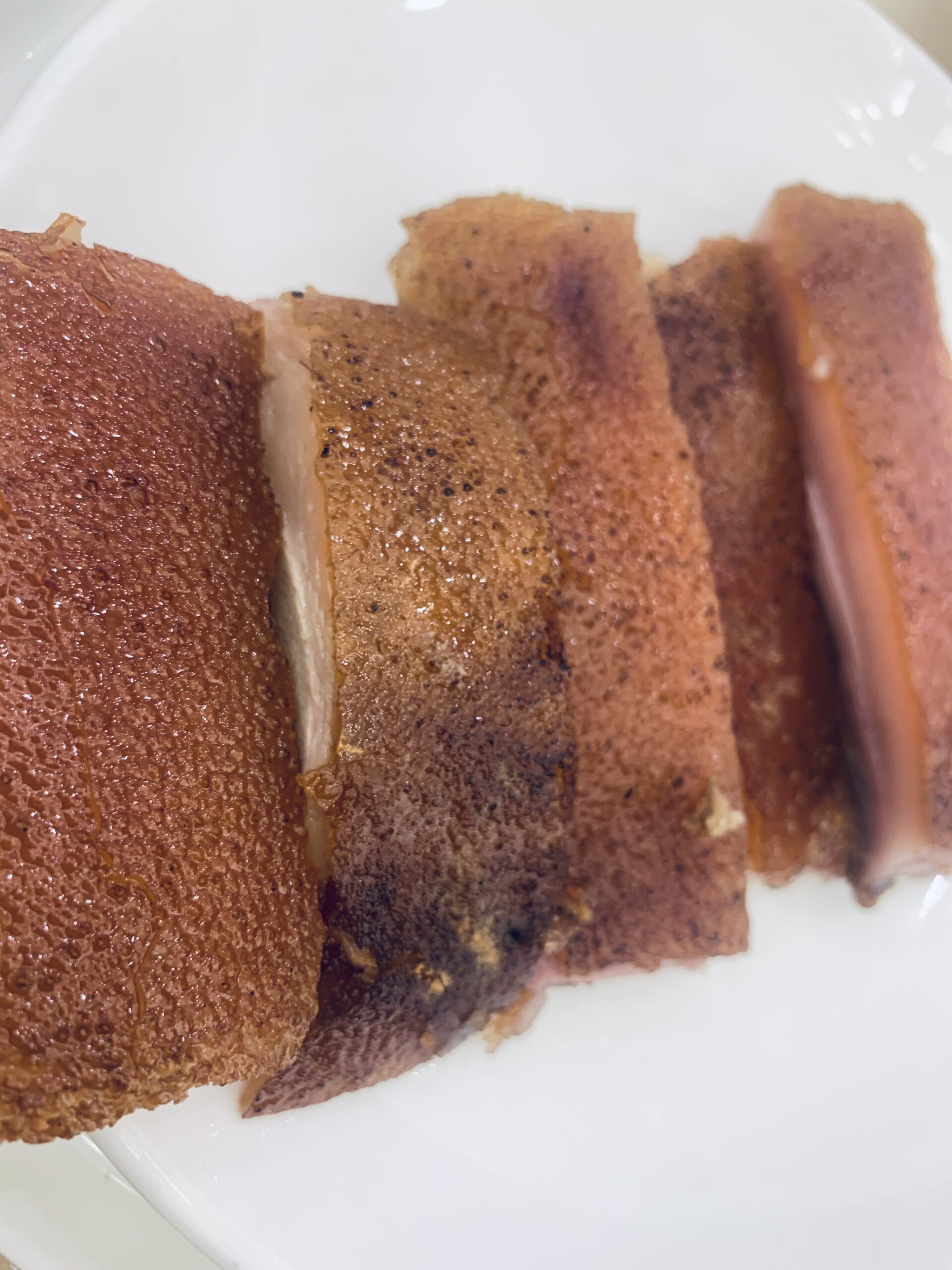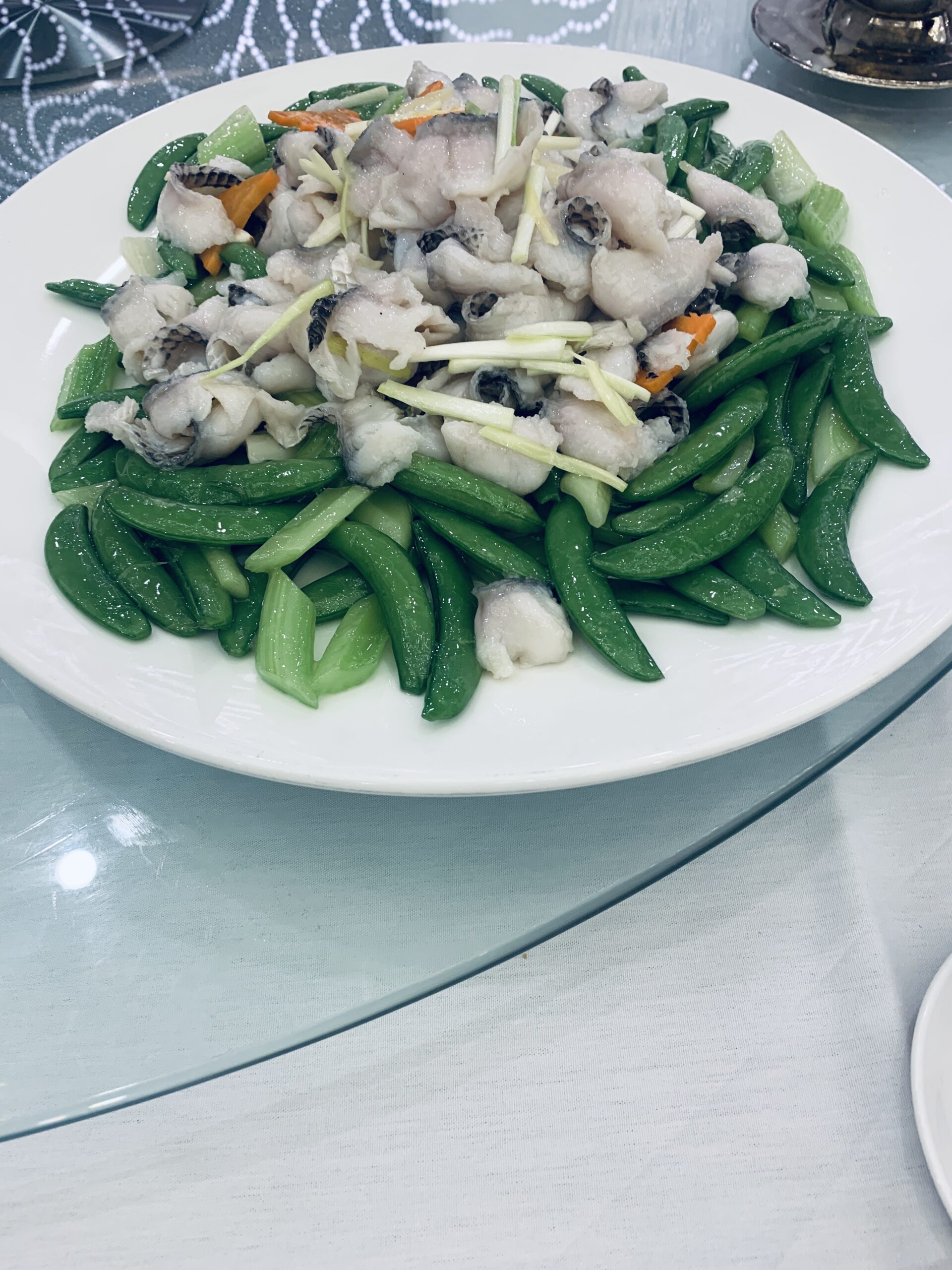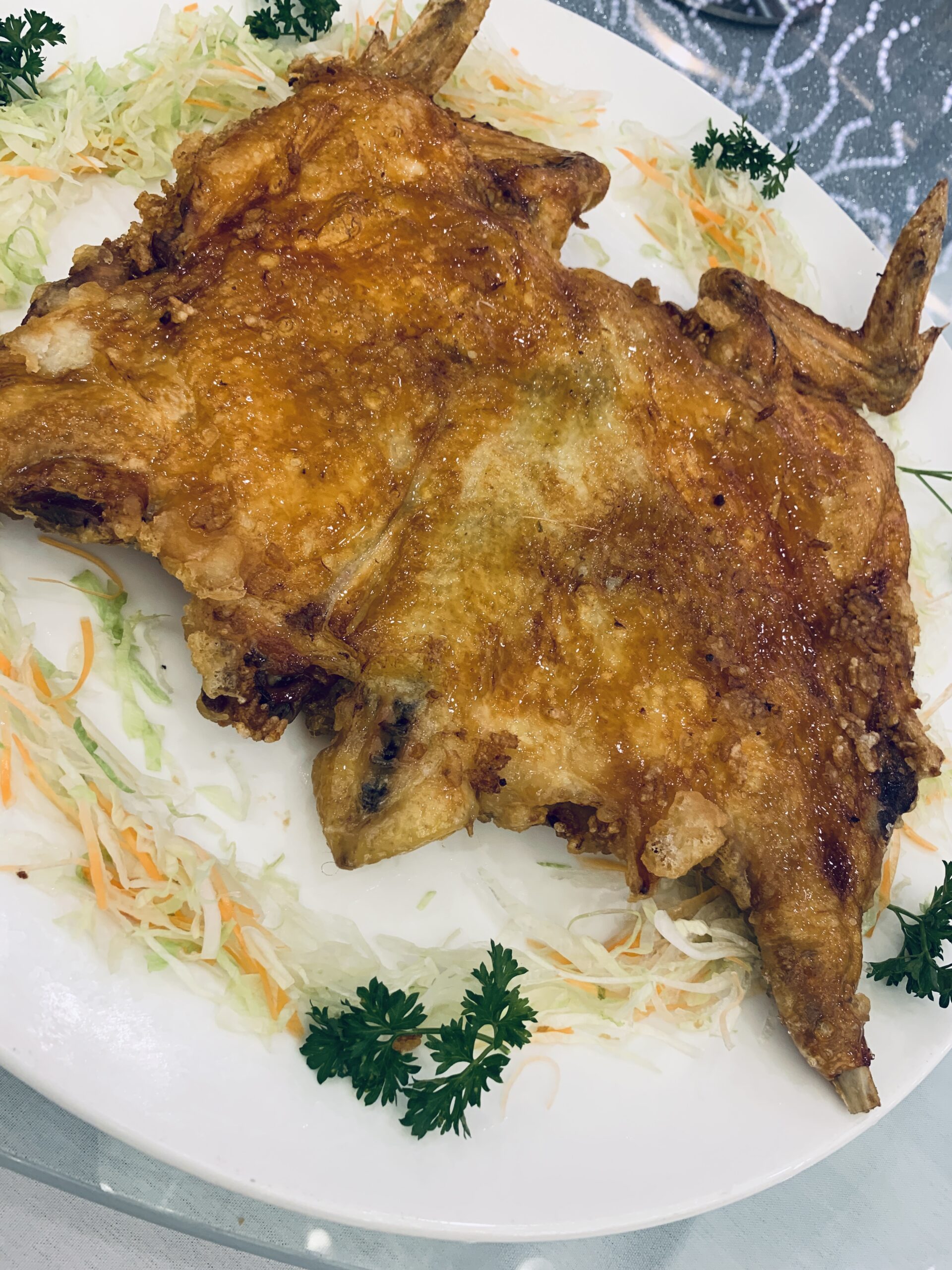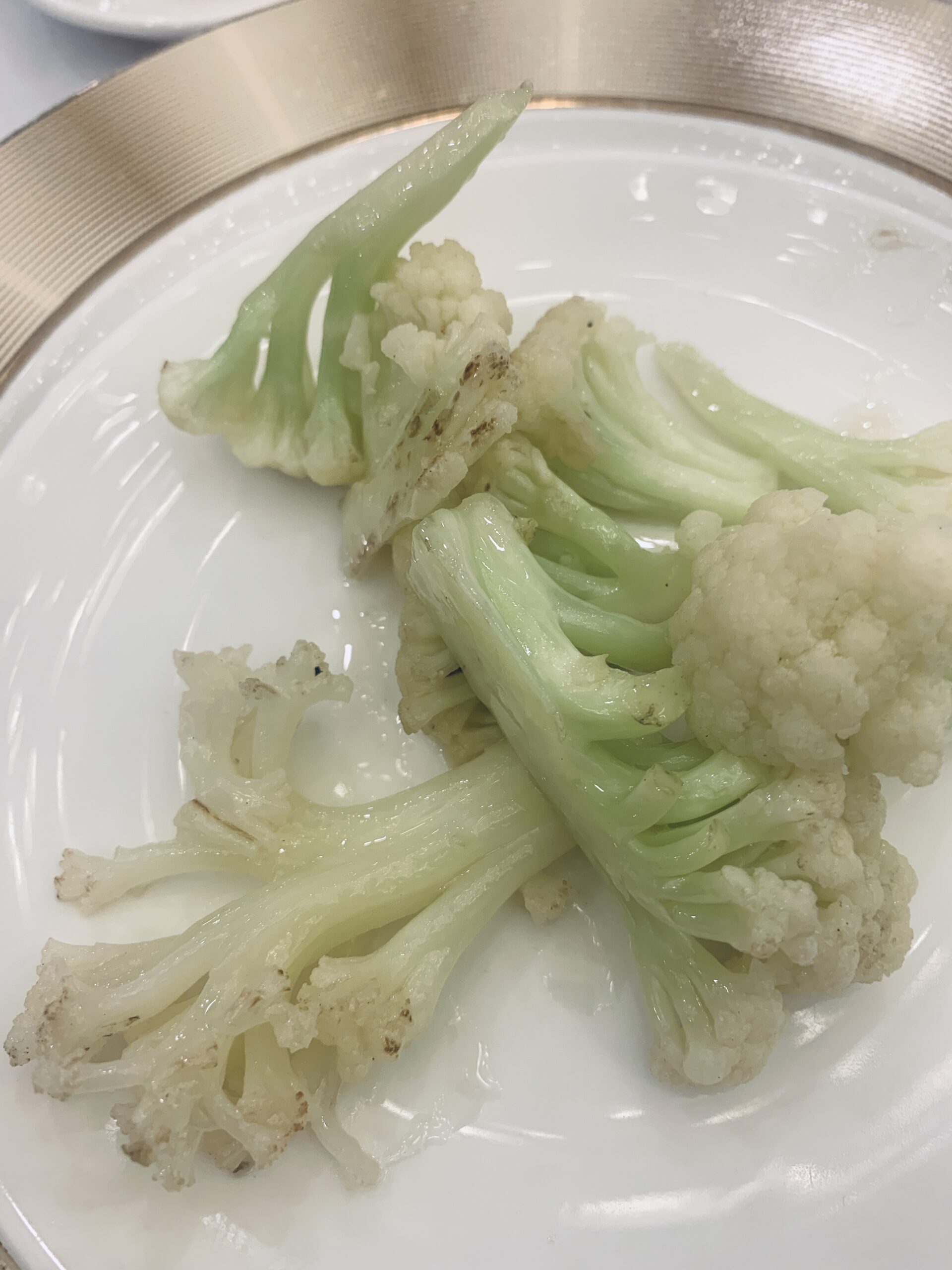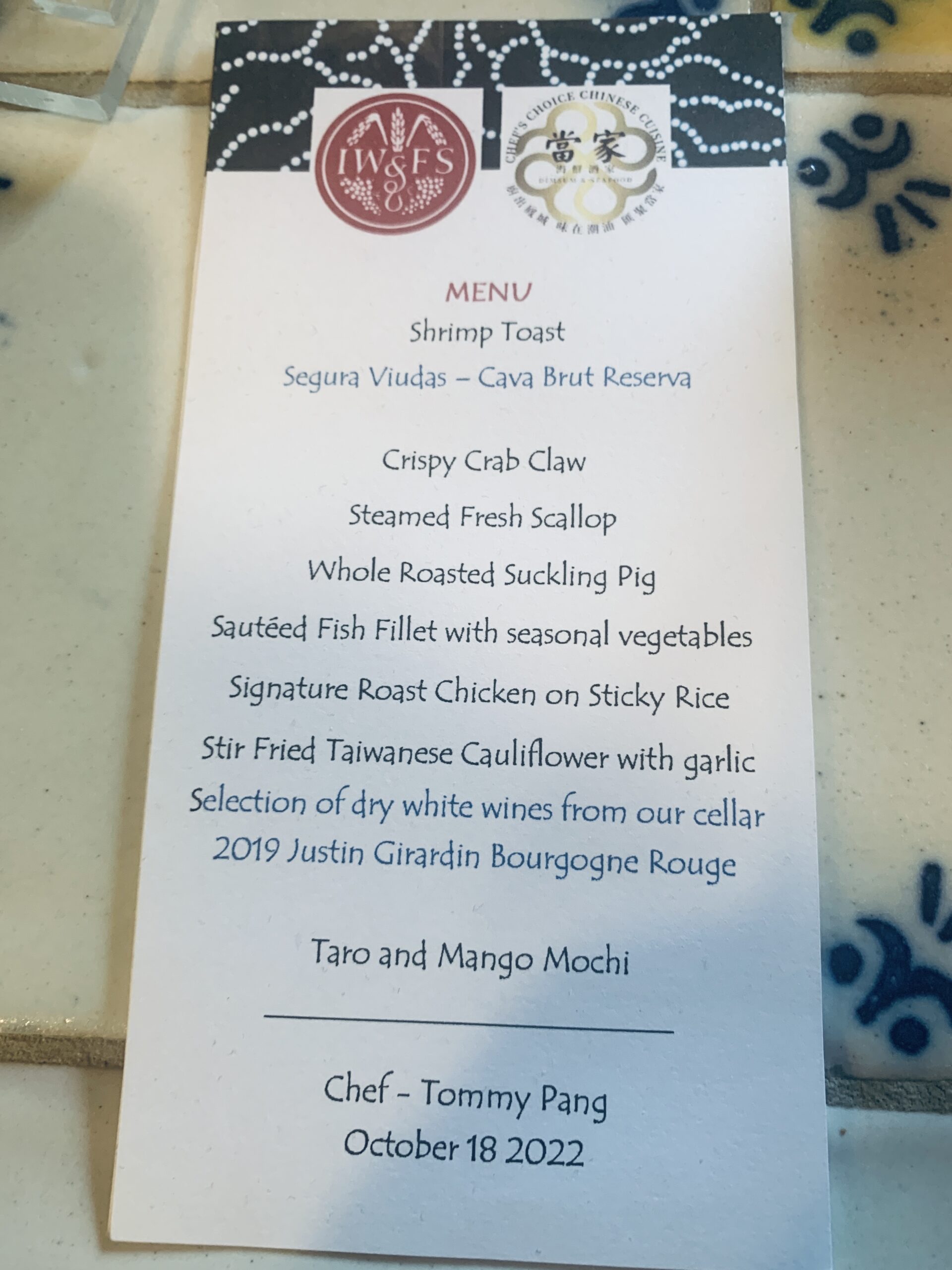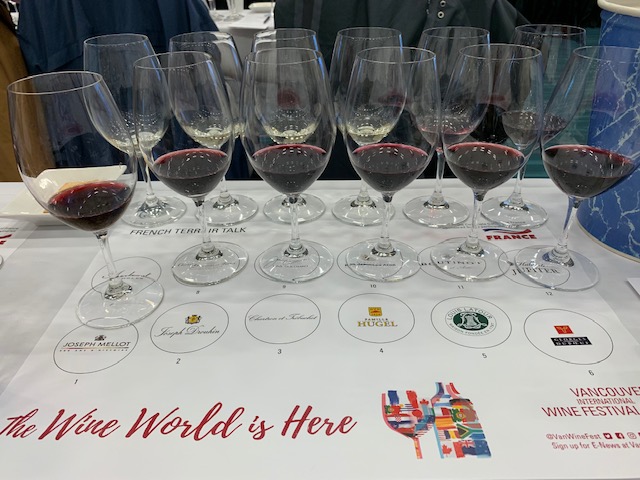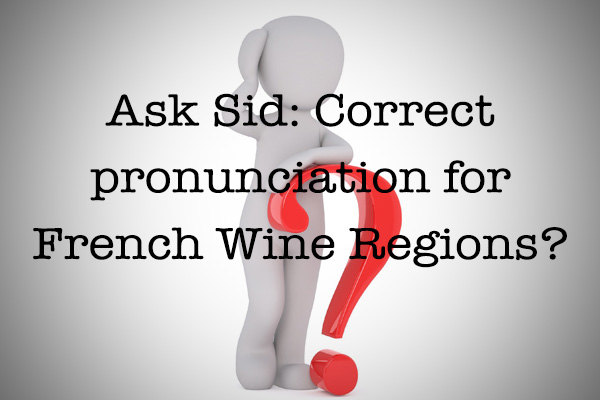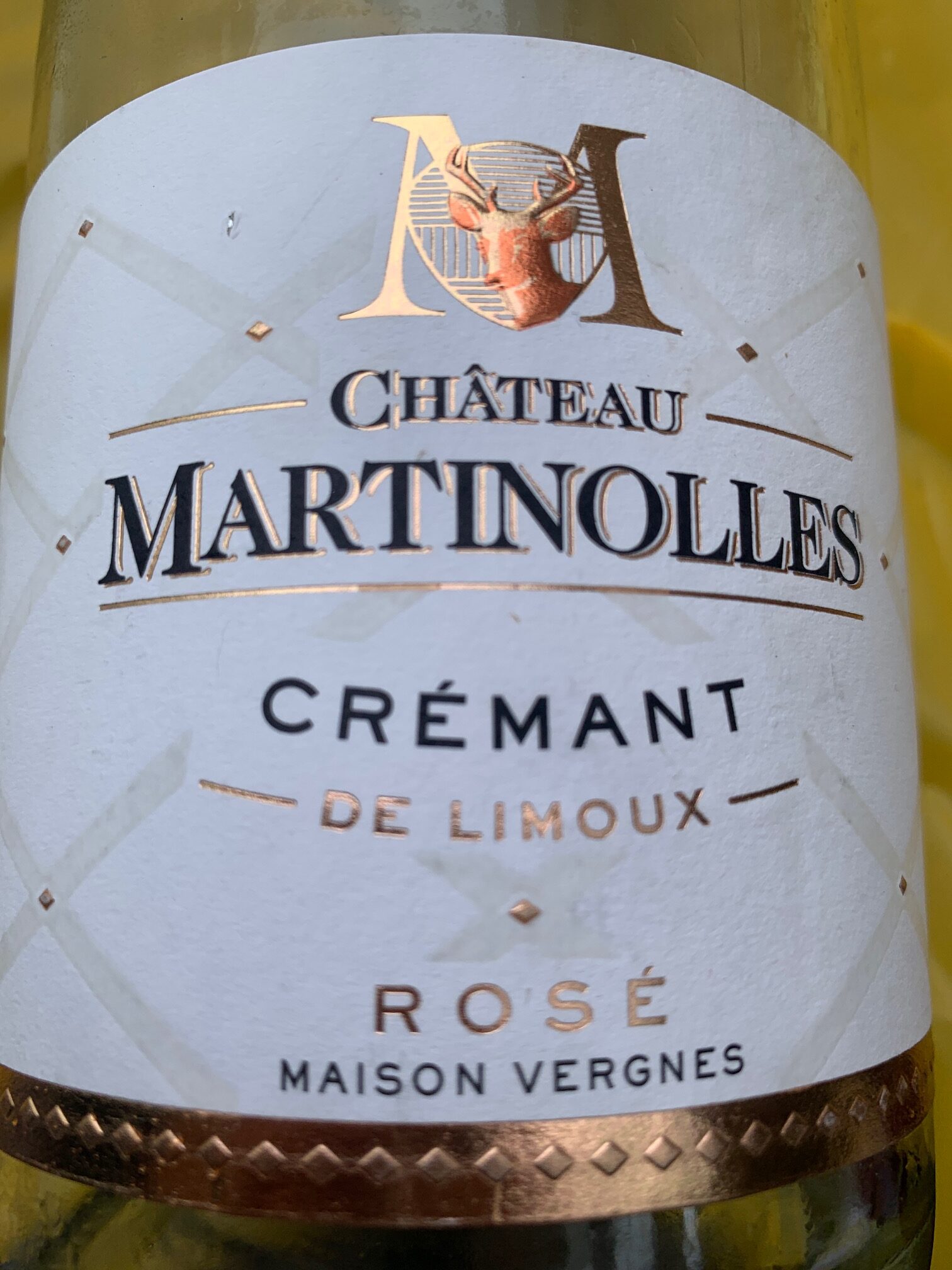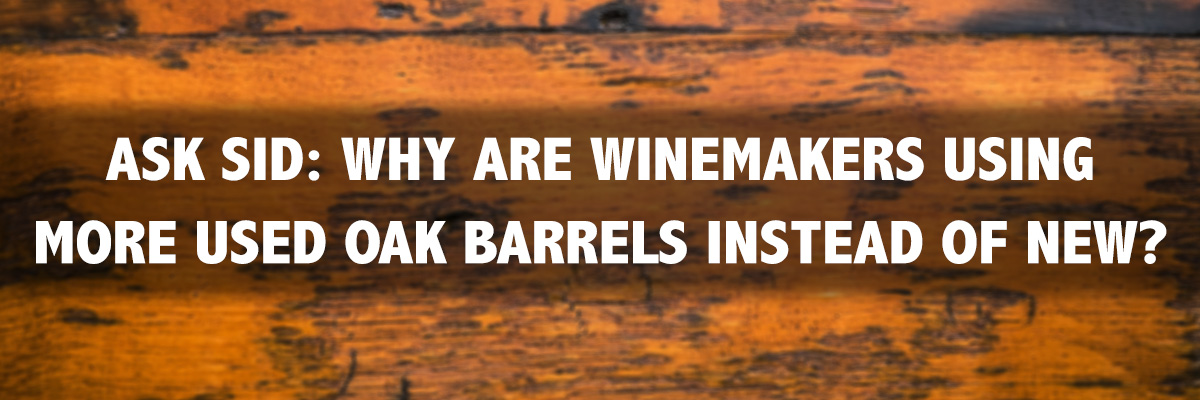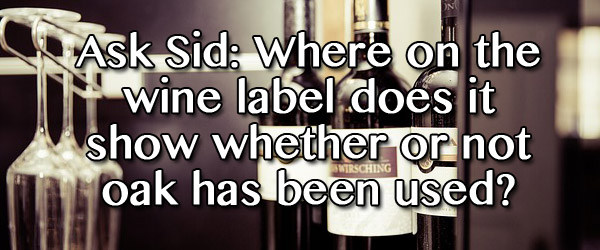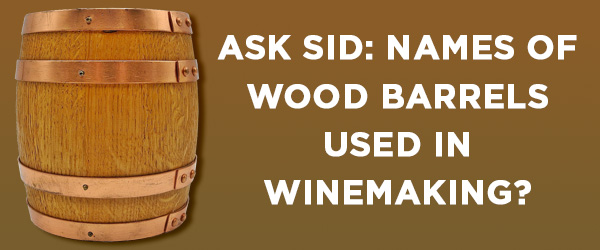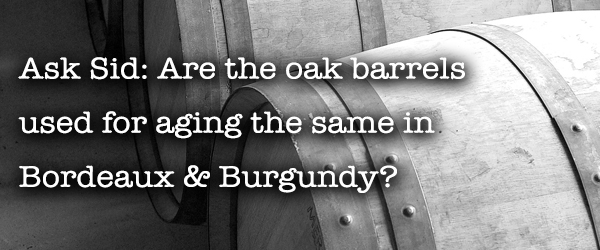 |  |
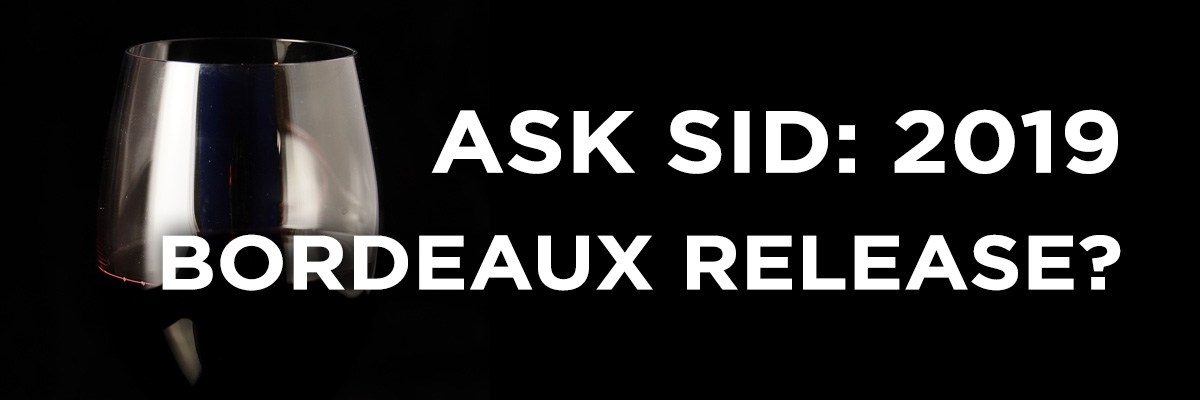
Question: Thank you for you informative blog. I’m a long term reader and have learned a lot from you. My question regarding the BC Liquor Store 2019 Bordeaux release on Nov 19th:
A) What are your favourite appellations for this vintage?
B) What are your top 3 picks for red wines?
C) What are your top 3 value picks for red wines?
D) what are your top 3 picks for dry whites?
Answer: Thanks for your most complimentary remarks on our “informative” IWFS Blog. Pleased you are “a long term reader and have learned a lot”. You ask some detailed questions that we will try to help you with on your upcoming purchases:
1. Favourite Appellations in 2019? Prefer the Left Bank – especially St. Julien & Pauillac – showing better structure with more acidity than 2018 to balance out that similar ripe fruit styling.
2. Top 3 picks for 2019 red wines: No Chateau Talbot available that was ranked #4 in the just released Wine Spectator Top 100 but there are 150 diverse choices. Three excellent ones are HAUT-BAGES LIBERAL (Under the radar Pauillac) $100, LEOVILLE-POYFERRE (much improved) $225, and LYNCH-BAGES (Classic) $300.
3. Top 3 value picks for 2019 red wines: LANESSAN (under-rated) $45, LILIAN LADOUYS (New Cru Bourgeois Exceptionnel) $55, and LA VIEILLE CURE ( Rich drinkable Fronsac) $60.
4. Top 3 2019 dry whites: Harvest was quite early to save the lovely freshness. Suggest these from the18 offered: CLOS DES LUNES LUNE D’ARGENT (Semillon fuller texture good value) $40, LATOUR-MARTILLAC (Wonderful balance) $80, SMITH HAUT LAFITTE (Beauty – Cellar for maximum complexity) $280.
Enjoy your shopping!
You might also like:
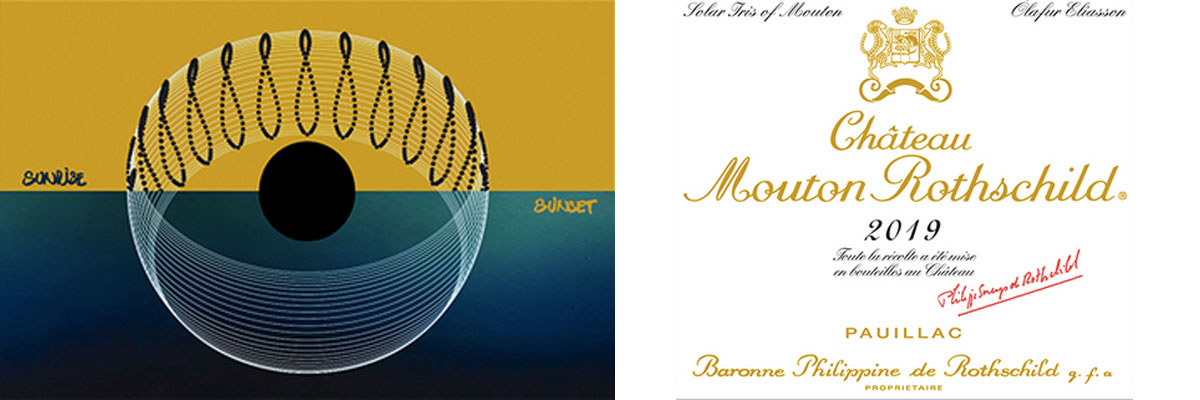 | 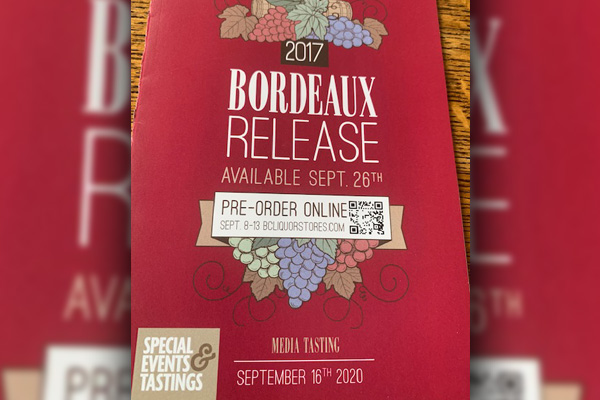 | 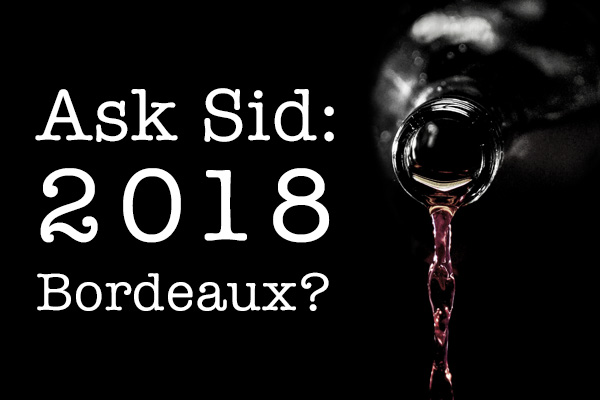 |
